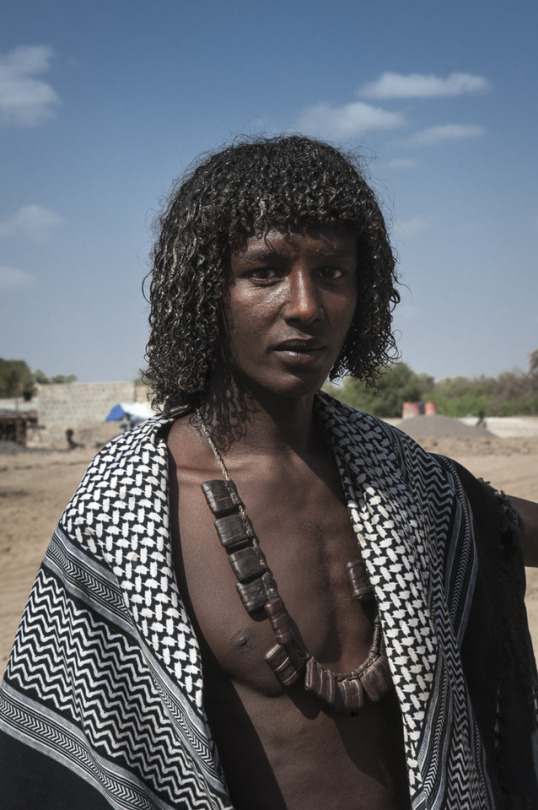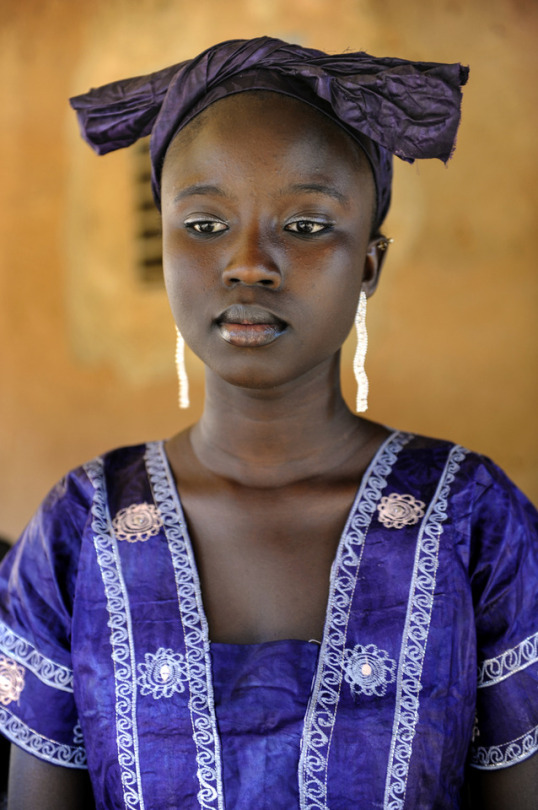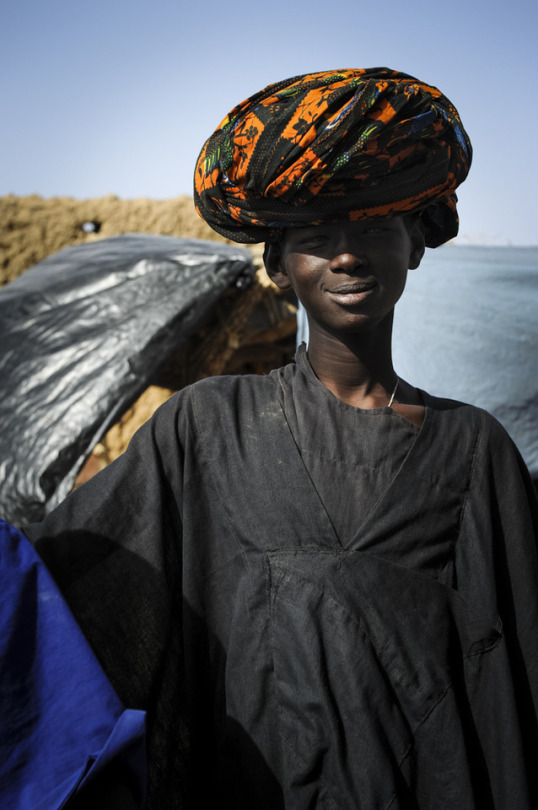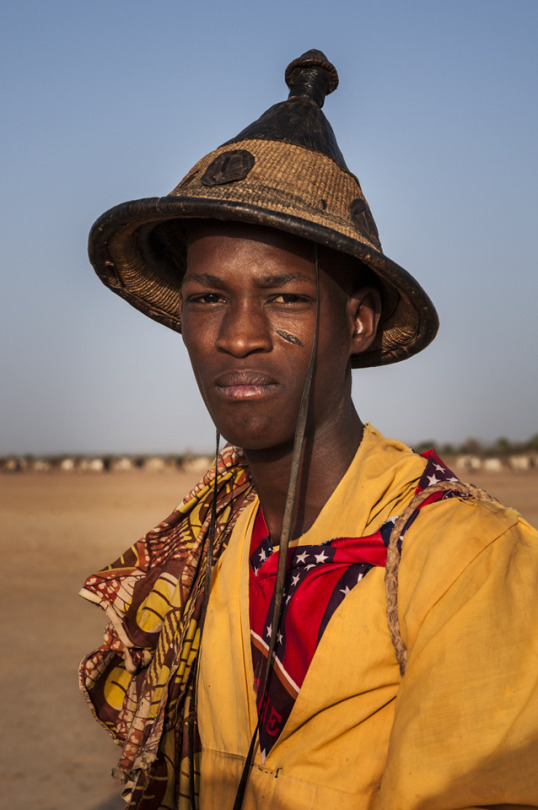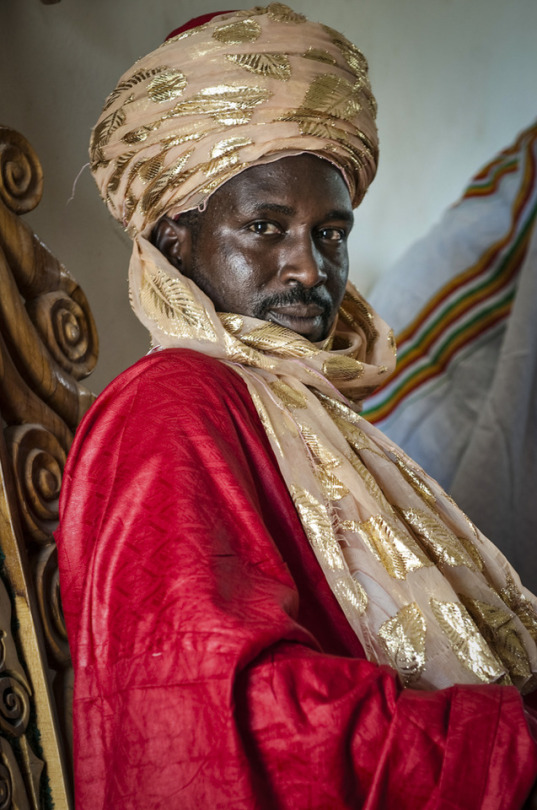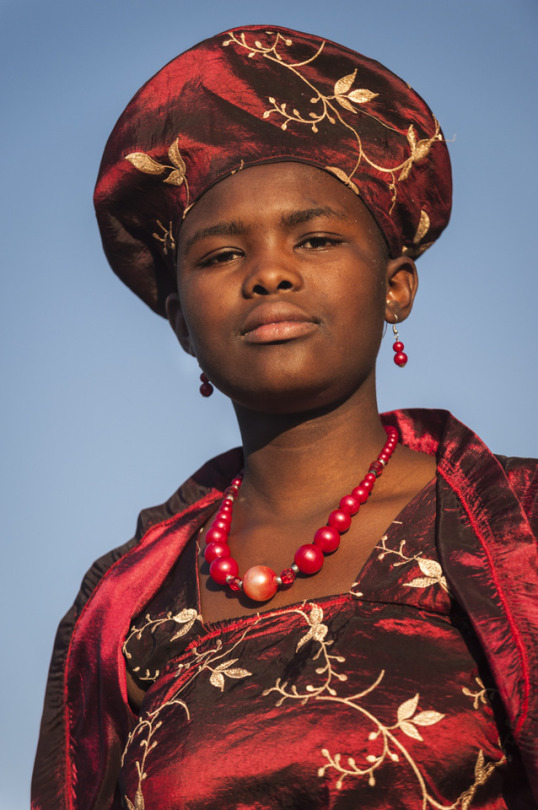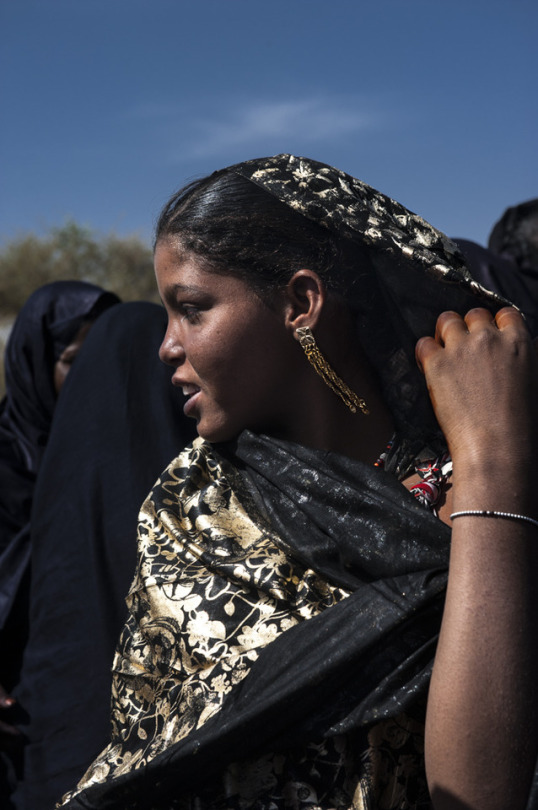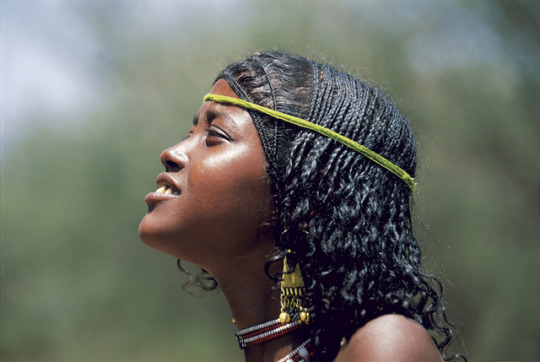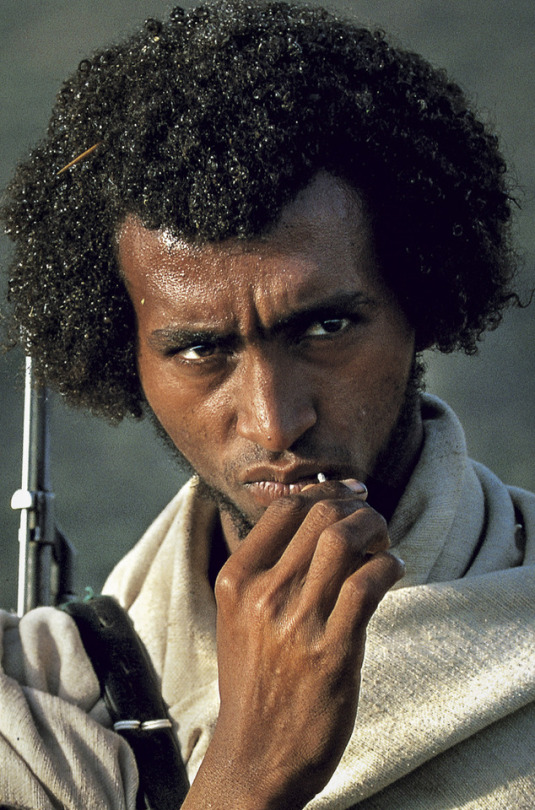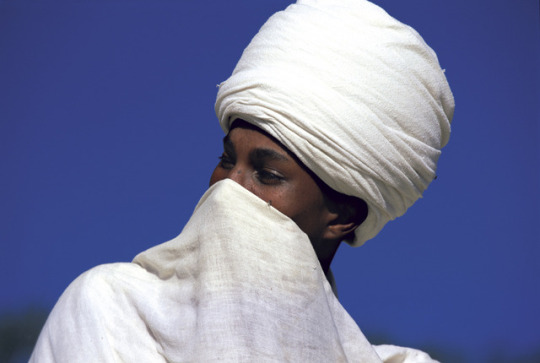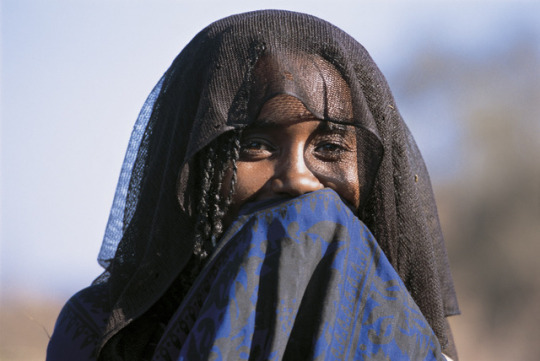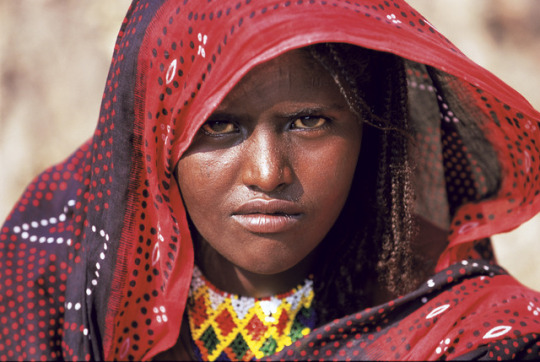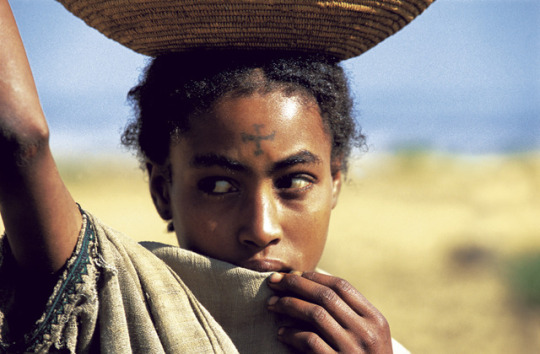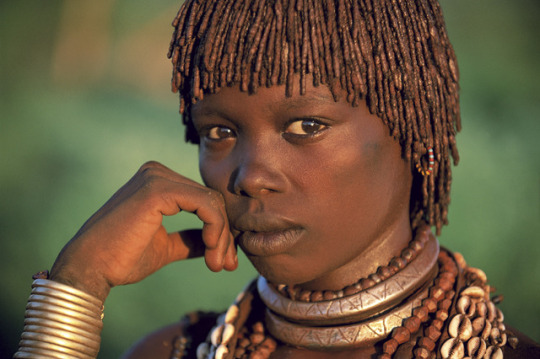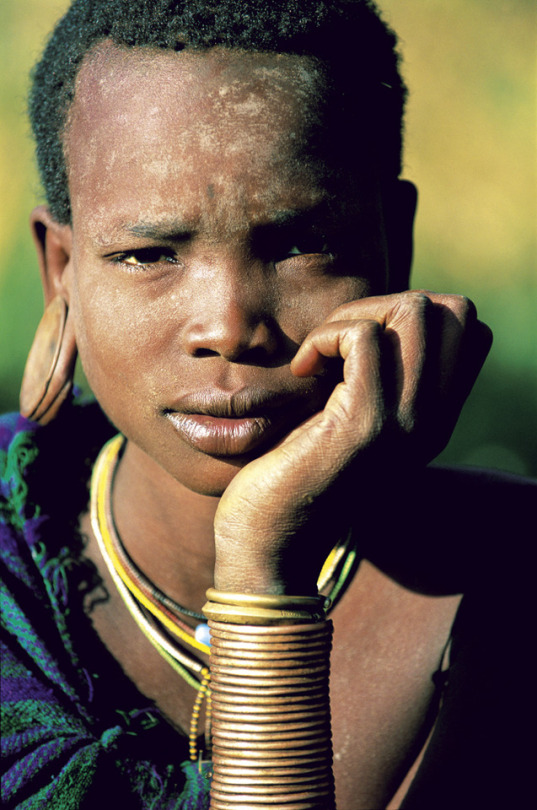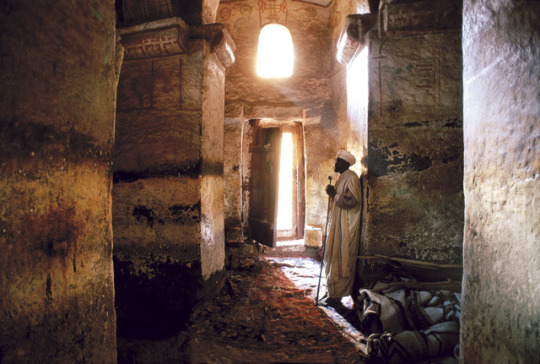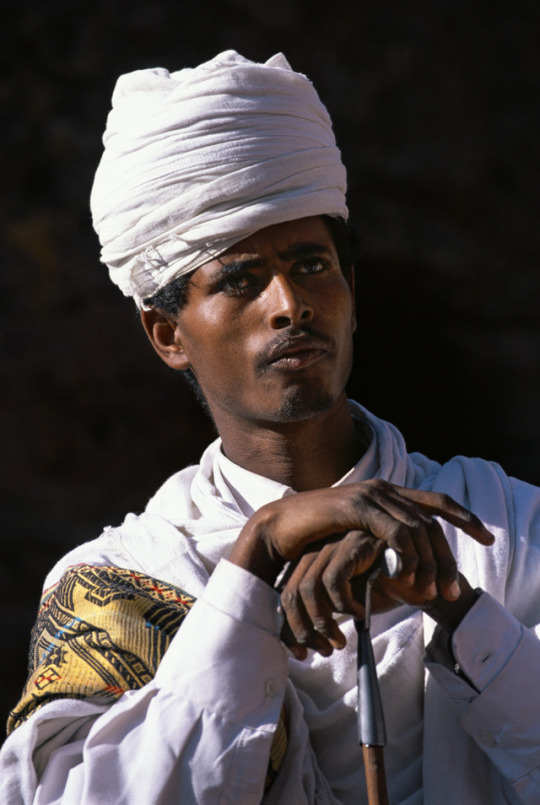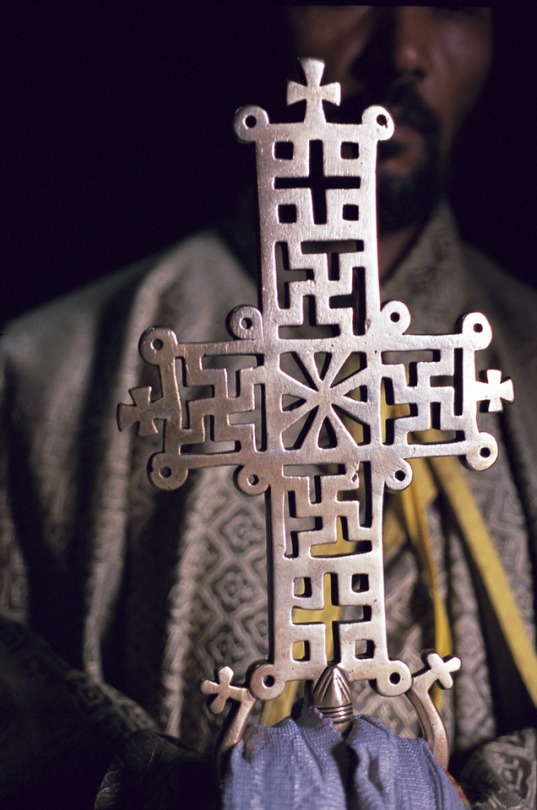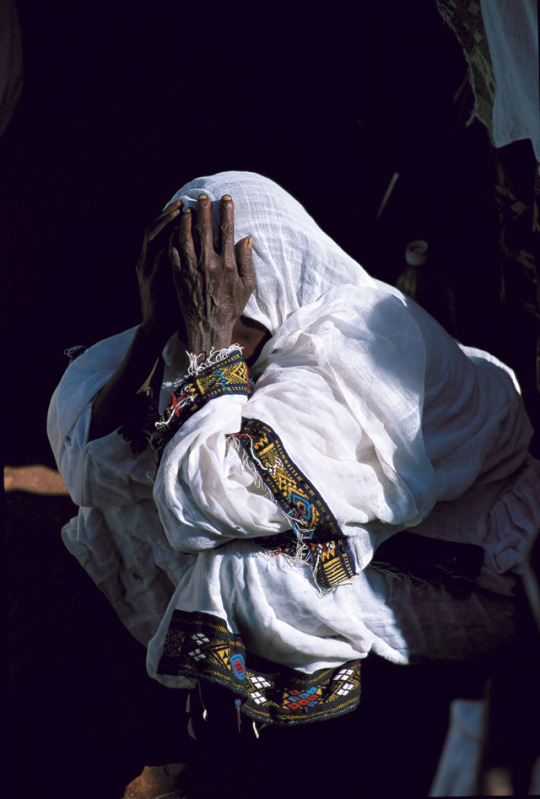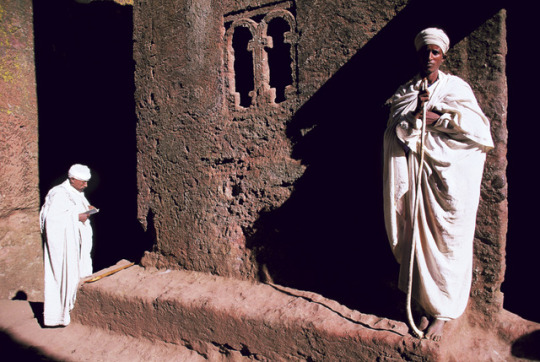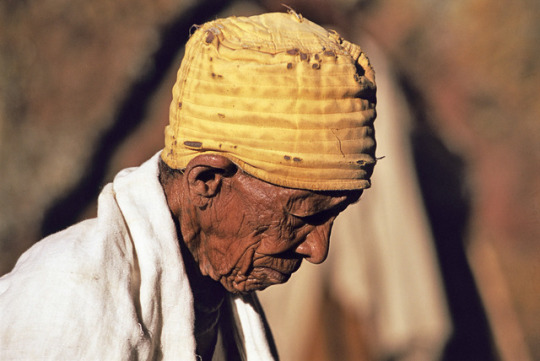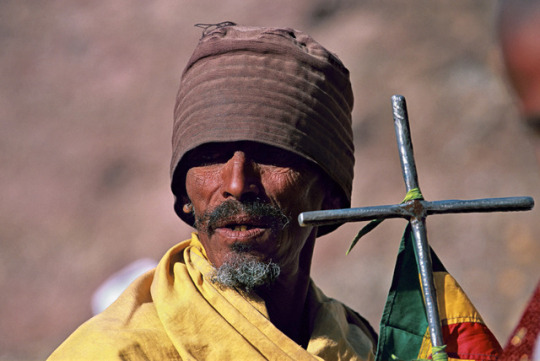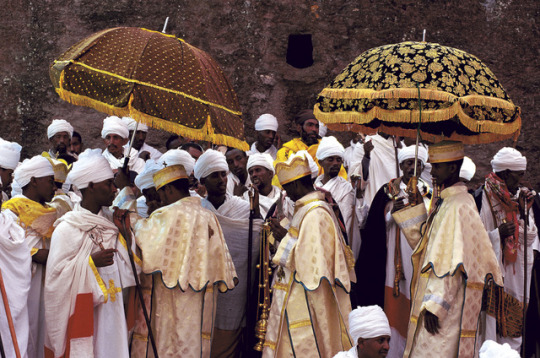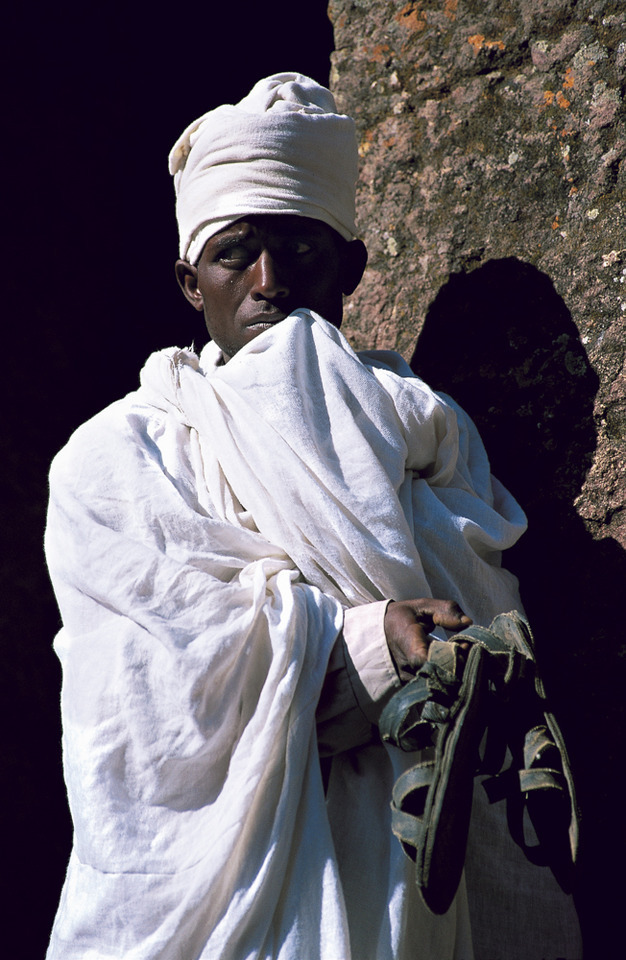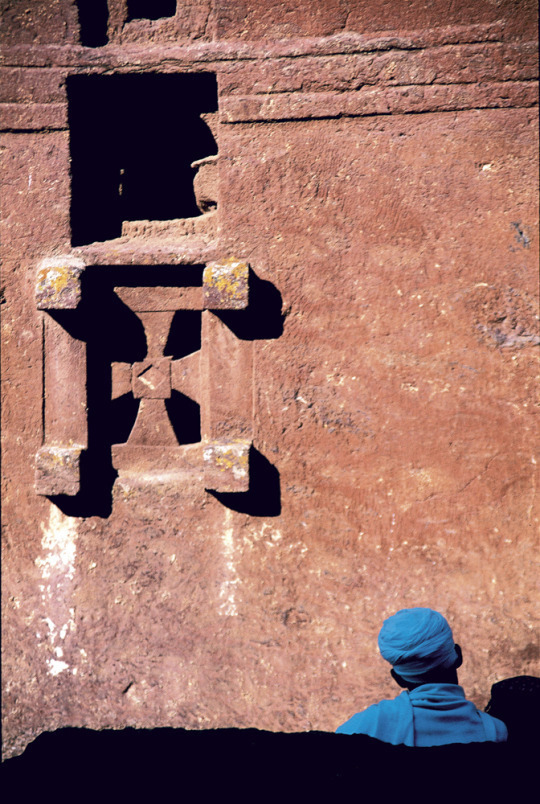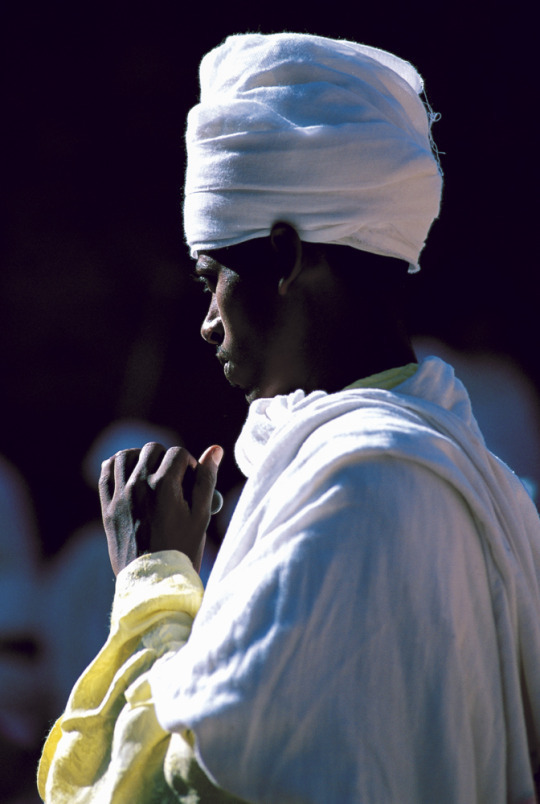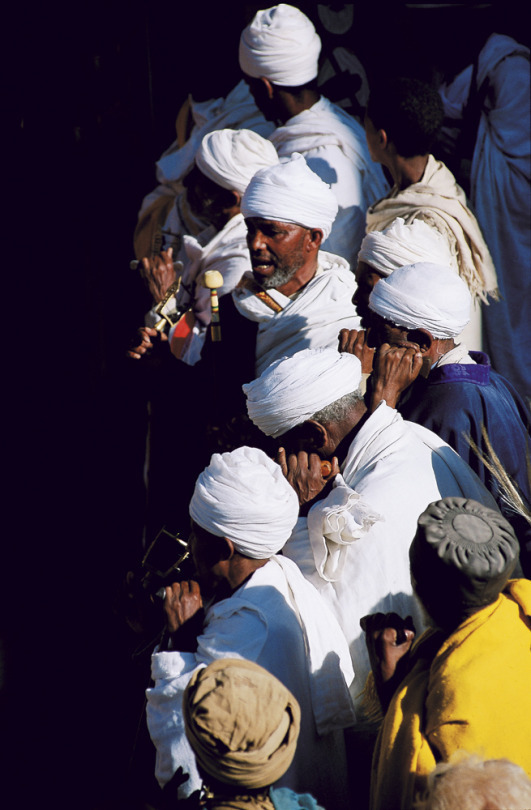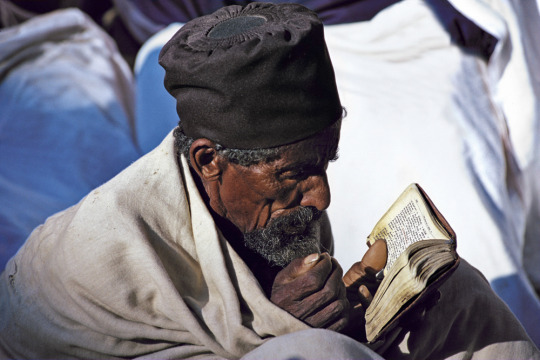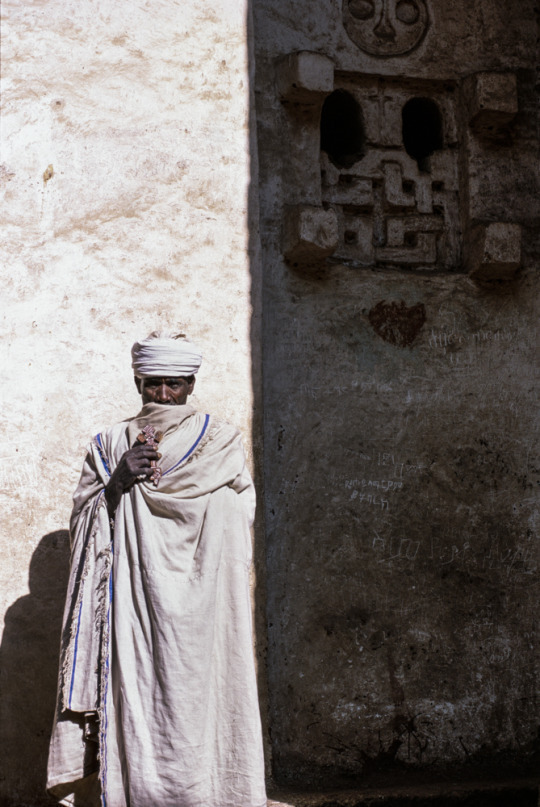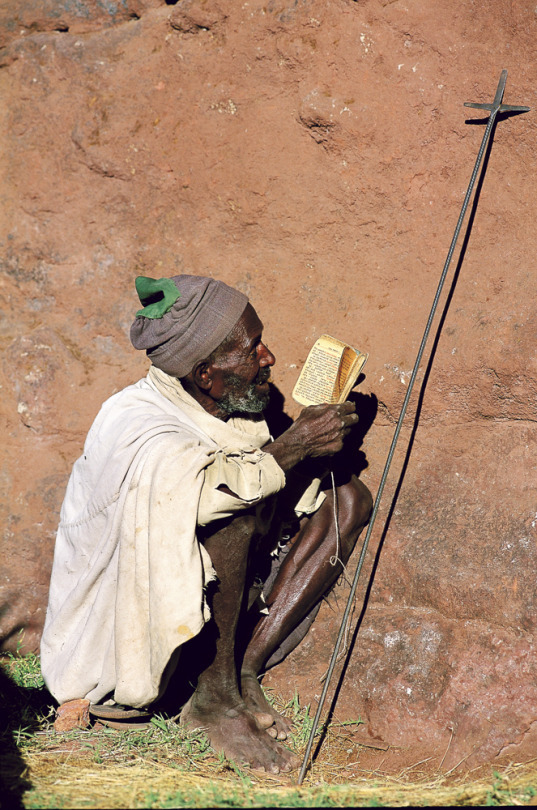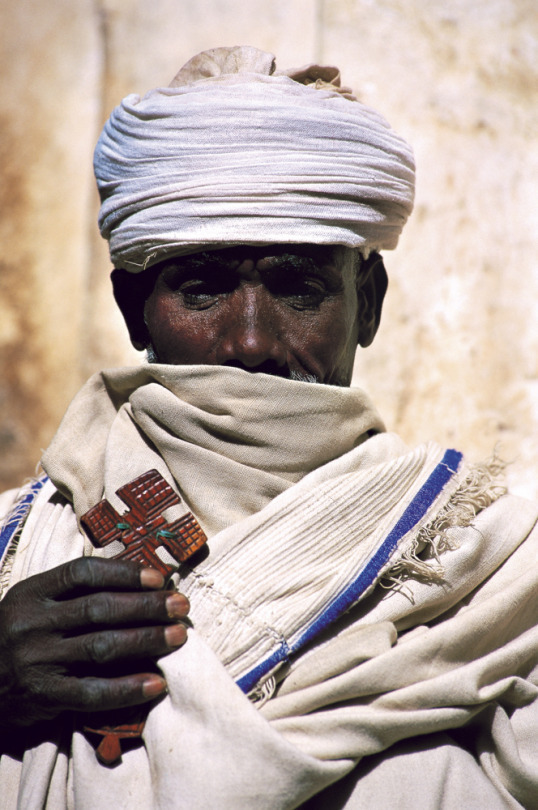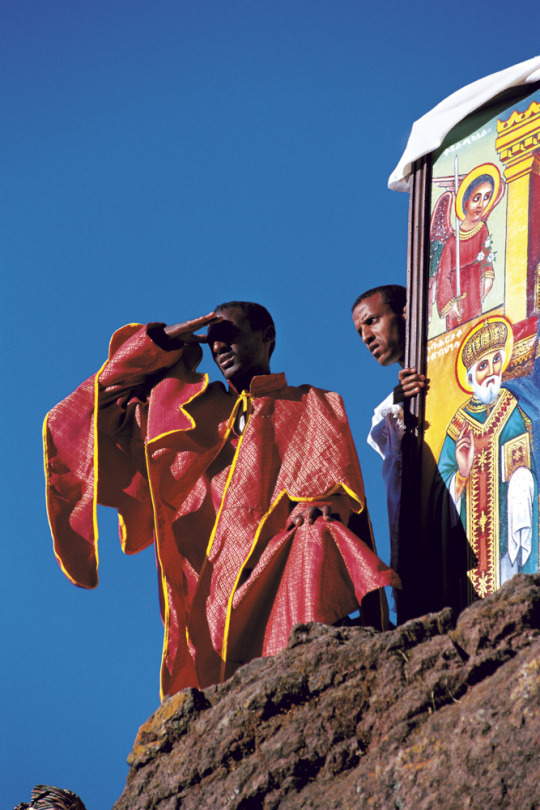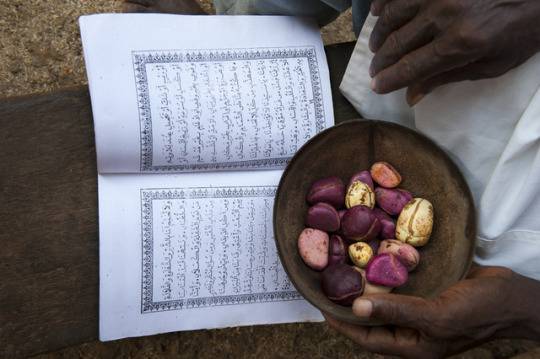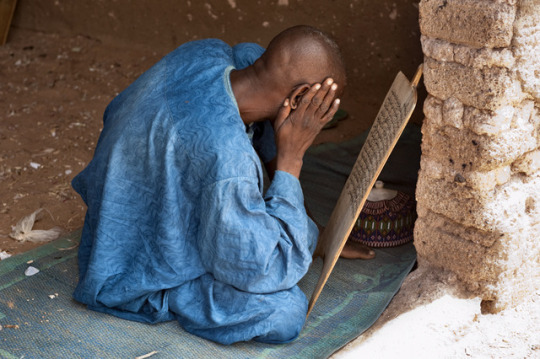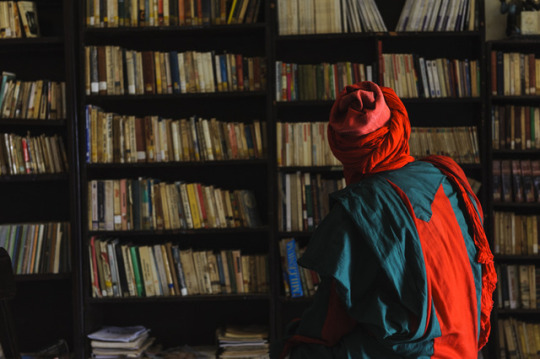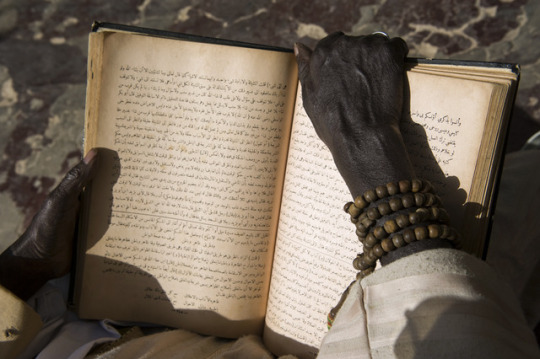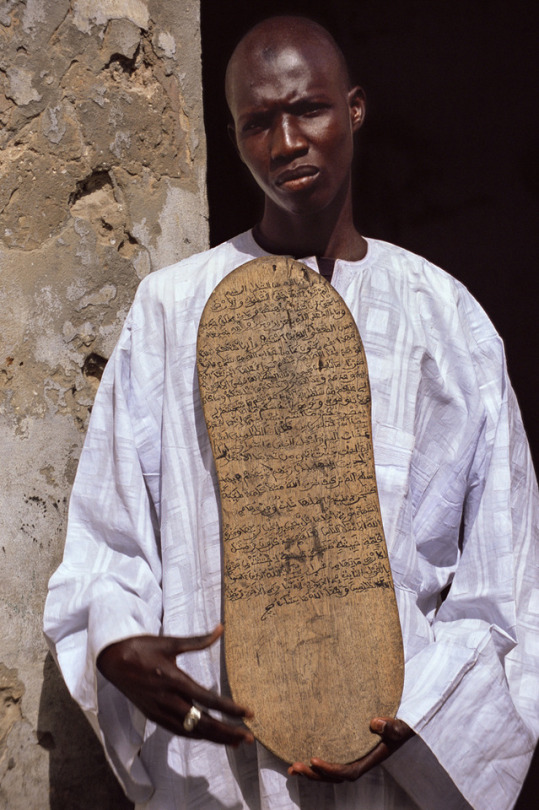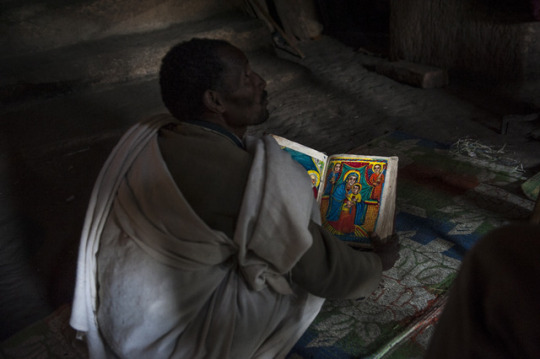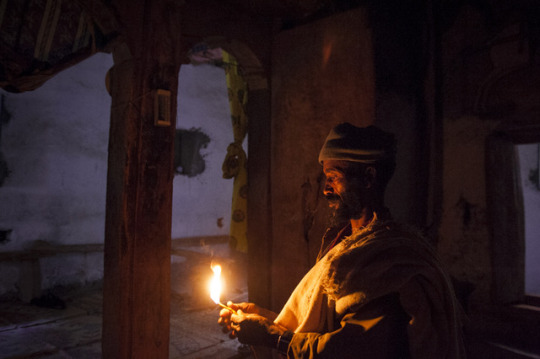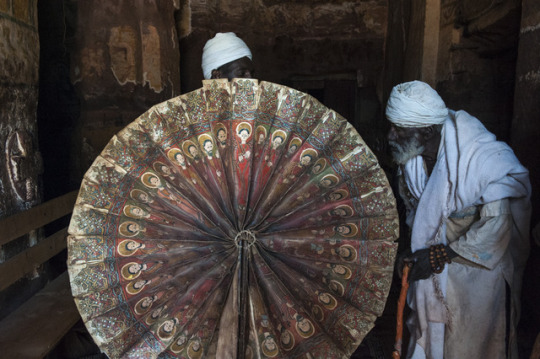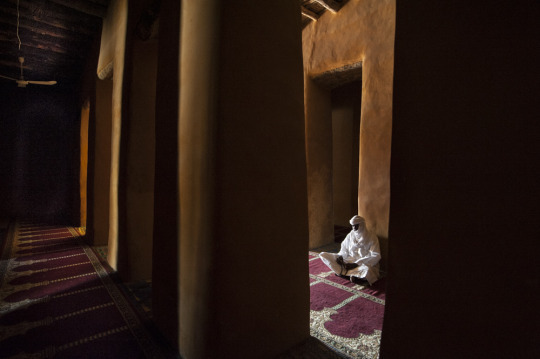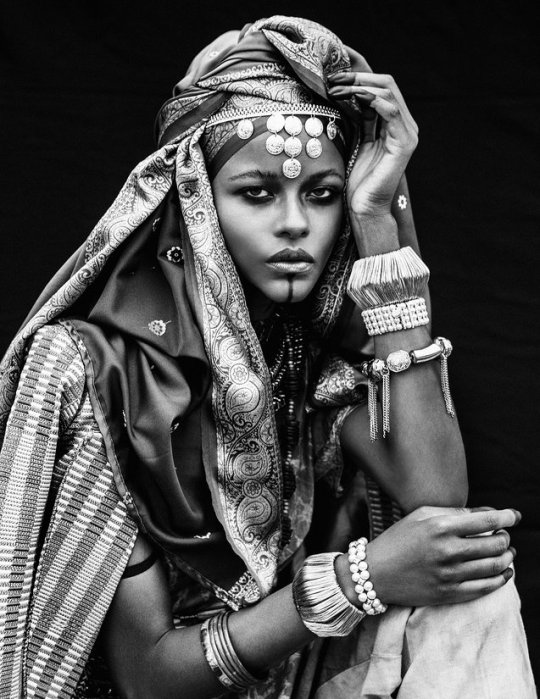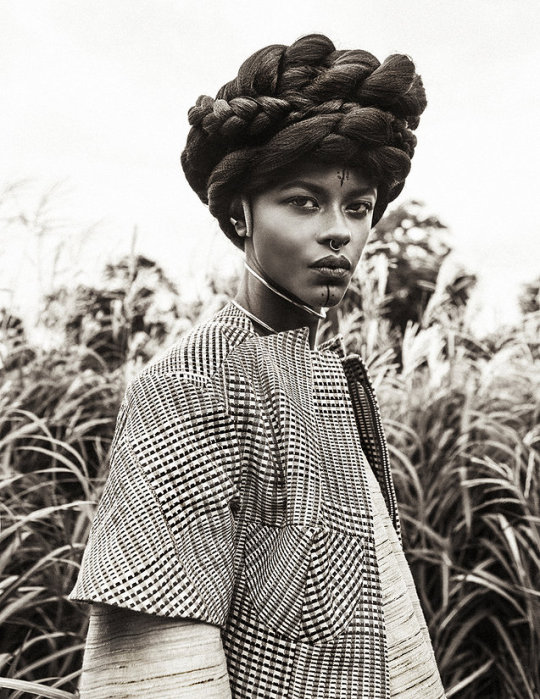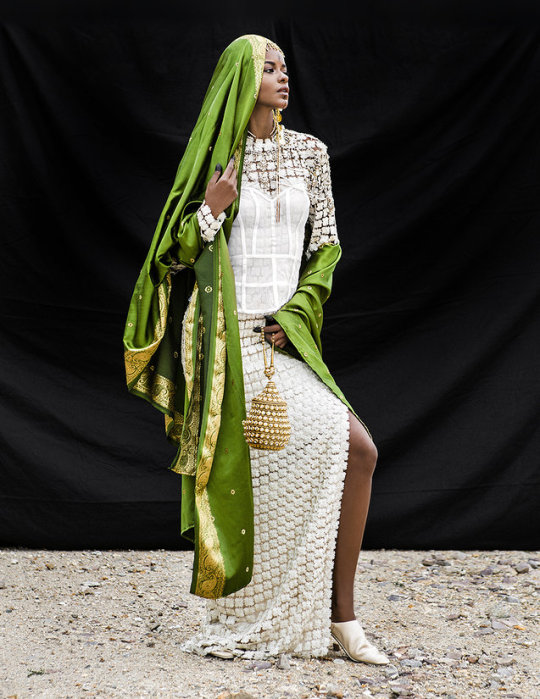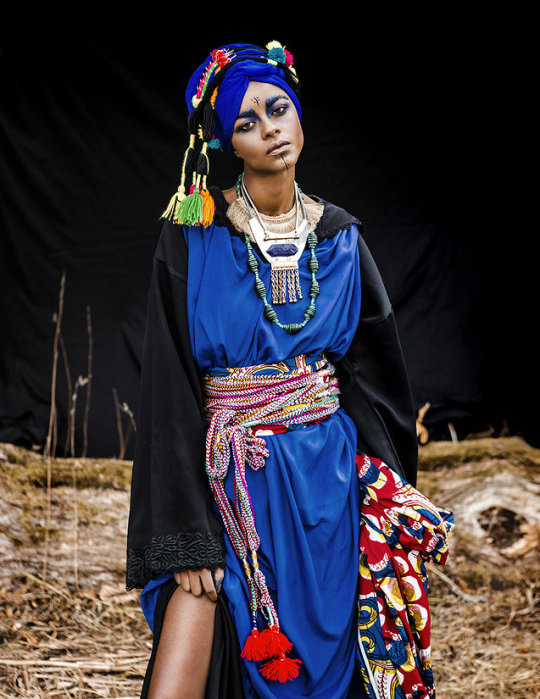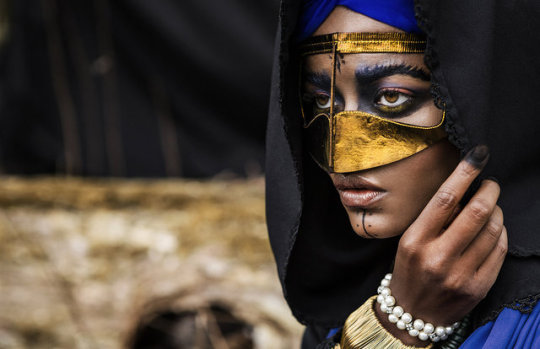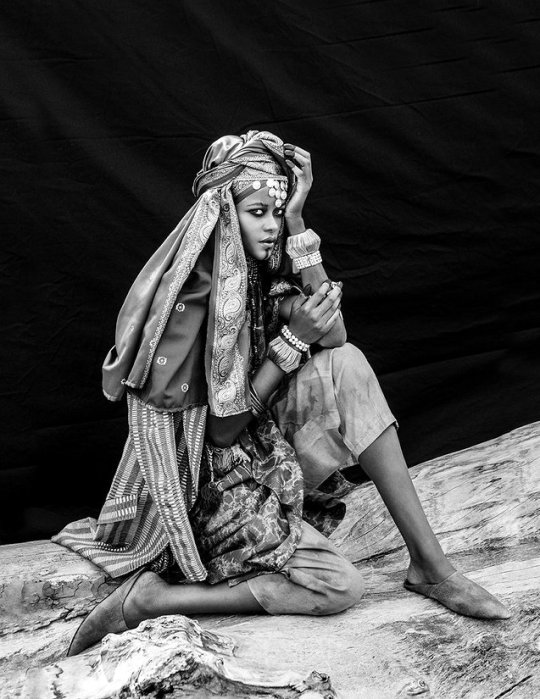Don't wanna be here? Send us removal request.
Text
ARGONAUTICA AND AFRICA
by Jason Colavito
http://www.argonauts-book.com/argonautica-and-africa.html
Egypt
“Legends connecting the Argonauts to Africa are ancient. The first of them derives from the myth itself, when Jason and his crew carry the Argo over Libya (North Africa) and cross the mythical Lake Tritonis. Apollonius, in fact, wrote his Argonautica in the context of Ptolemaic Egypt, and Pindar composed the Fourth Pythian Ode in honor of a North African ruler. In another context, Hecataeus of Heraclea would suggest the Argonauts sailed up the Nile to return to Greece. In the words of Kathryn J. Gutzwiller in A Guide to Hellenistic Literature (Blackwell, 2007), by Hellenistic times, the story of the Argonauts had become a “foundation story” and “mythical precedent” for Greek colonization of Egypt and North Africa (p. 77).
However, there were not the only connections. In The Histories, Herodotus explained that the people of Colchis were in fact Egyptians, remnants of an invading force led by the (mythical) pharaoh Sesostris:
There can be no doubt that the Colchians are an Egyptian race. Before I heard any mention of the fact from others, I had remarked it myself. After the thought had struck me, I made inquiries on the subject both in Colchis and in Egypt, and I found that the Colchians had a more distinct recollection of the Egyptians, than the Egyptians had of them. Still the Egyptians said that they believed the Colchians to be descended from the army of Sesostris. My own conjectures were founded, first, on the fact that they are black-skinned and have woolly hair, which certainly amounts to but little, since several other nations are so too; but further and more especially, on the circumstance that the Colchians, the Egyptians, and the Ethiopians, are the only nations who have practised circumcision from the earliest times
Source: Herodotus, The Histories 2.104 (trans. George Rawlinson)
These ancient connections would lead to innumerable latter-day speculations about African influence on the Argonautica. In his early translation of the Argonautica of Apollonius, Edward Burnaby-Greene (1780) wrote extensive notes detailing his belief that Colchis was an Egyptian colony, with Aeetes “no more than viceroy under the sovereign of Egypt” (p. 120). Among the earliest scholarly speculations seized on the coincidence of language between Jason’s Argo and Egyptian and Biblical arks to propose that Jason’s mission was modeled on the Egyptian, and therefore that of Noah:
In respect to the Argo, it was the same as the ship of Noah, of which the Baris of Egypt was a representation. It is called by Plutarch the ship of Osiris, who as I have mentioned, was exposed in an ark to avoid the fury of Typhon: “Having therefore privately taken the measure of Osiris’s body, and framed a curious ark, very finely beautified and just of the size of his body, he brought it to a certain banquet.” The vessel in the celestial sphere, which the Grecians call the Argo, is a representation of the ship of Osiris, which out of reverence has been placed in the heavens. The original therefore of it must be looked for in Egypt.
Source: Jacob Bryant, A New System: Or, an Analysis of Ancient Mythology, 3rd ed., vol. 3 (London: 1807).
Now the luniform ark of Osiris, in which he floated on the surface of the waters, was certainly the sacred ship of Osiris; that ship, in which the Egyptians placed the Sun, and in which they depicted their eight great gods sailing together over the ocean. But the ship of Osiris, as we are plainly taught by Plutarch, was that very ship, which the Greeks called Argo, and which they feigned to be the vehicle of Jason and his adventurous companions to Colchis: for he tells us, that the Argo was placed among the constellations in honour of the ship of Osiris. Hence it will follow, that the Argo must be the Ark, and that the whole fable of the Argonautic expedition must be a mere romance founded on the mystic voyage of Osiris, that is to say, on the real voyage of Noah.
Source: George Stanley Faber, The Origin of Pagan Idolatry Ascertained from Historical Testimony and Circumstantial Evidence, vol. 2 (London: F. and C. Rivingtons, 1816), 244.
Later, Afrocentric authors would instead argue that the influence originated in Egypt, the homeland of a black African people, whose superior achievements the Greeks jealously coveted and attempted to steal for themselves. R. A. Jariazbhoy argued that, based solely on the testimony of Herodotus, Jason’s quest was to learn from the wisdom of the Egyptians in Colchis, the Golden Fleece being a Greek misinterpretation of the Egyptians’ superior sea-going vessels:
The fleece is described as being “watched over by a serpent.” Such a golden ram’s head overlooked by a serpent occurs nowhere else than on the prow of a ship of Ramses III (and one of his predecessors). The ship was named Userhet, it was 130 cubits long (about 200 feet), and had golden rams on both prow and stern, each with a uraeus serpent overtopping it surmounted with the sun’s disk. Below is a grand collar, which could have been mistaken for its fleece.
Source: R. A. Jairazbhoy, “Egyptian Civilization in Colchis on the Black Sea,” in African Presence in Early Asia, eds. Runoko Rashidi and Ivan Van Sertima (New Brunswick: Transaction, 1988), 61.
In Black Athena (1987-1996), a controversial three-volume Afrocentric tome by scholar Martin Bernal, assumed in vol. 2 (1991) that Apollonius’ Hellenistic poem accurately reflected Mycenaean geographical knowledge to suggest, after (and mostly because of) Herodotus, that the Greeks followed in the wake of Egyptian ventures to and from Colchis. In the wake of Black Athena, other Afrocentric scholars would cite Hecataeus’ claim that the Argonauts sailed up the Nile as proof of the Argonauts’ Egyptian influence and return time and again to the alleged racial link (unrecognized by anthropology) between Geogrians and Egyptians. Down to this day, despite repeated debunking, Afrocentrist scholars claim that an indigenous population of black Africans, the remains of Sesostris’ army, live in Georgia.
Ethiopia
Earlier still, a previous generation of Afrocentric writers preferred to extol the glories of the undoubtedly black African civilization of Ethiopia, with its myriad wonders and astonishing architecture, over that of the Egypt, which was traditionally viewed as more closely related to the civilization of the Mediterranean than that of sub-Saharan Africa. Drusilla Dunjee Houston, in one of the earliest Afrocentric tomes, suggested that the Argonauts (and much of Greek myth) owed its origins to Ethiopia:
[We will discuss the] “Wonderful Ethiopians,” who produced fadeless colors that have held their hues for thousands of years, who drilled through solid rock and were masters of many other lost arts and who many scientists believe must have understood electricity, who made metal figures that could move and speak and may have invented flying machines, for the “flying horse Pegasus” and the “ram of the golden fleece” may not have been mere fairy tales. […] We seek for the place and the race that could have given the world the art of welding iron. The trail reveals that the land of the “Golden Fleece” and the garden of the “Golden Apples of Hesperides” were but centers of the ancient race, that as Cushite Ethiopians had extended themselves over the world.
Source: Drusilla Dunjee Houston, Wonderful Ethiopians of the Cushite Empire (Oklahoma City: Universal Publishing, 1926), 4-6.
West Africa
A theory even less connected to observable fact sprang from the pen of Robert Temple, an independent scholar, who became convinced that extraterrestrials had visited earth in ancient times and were responsible for imparting the arts of civilization to humanity. In his Sirius Mystery (1976, revised 1998), Temple explains that Jason and the Argonauts are Greek code for an esoteric secret first recorded in the Epic of Gilgamesh wherein amphibious frogs from a planet orbiting Sirius encoded in myth astronomical secrets about the fifty earth years it takes the two stars of the Sirius system (Sirius A and B) to complete an orbital cycle. Thus the fifty oars of the Argo represent the fifty years of Sirius B’s orbit. Why space frogs should count time in earth years is not explained. (Read more about Temple’s misuse of the Argonaut myth in my free eBook, Golden Fleeced.)
He then goes on to suggest that the Argonauts were real people who, in the course of their portage of the Argo across North Africa, gave rise to the Dogon tribe of West Africa by, essentially, fathering lots of children wheresoever they passed. The Dogon, he believed, were descendants of the Greek descendants of the Argonauts, driven south into the heart of West Africa over the course of centuries of invasions from the north. His evidence for this was that Robert Graves, the poet, had suggested in his faulty Greek Myths (1955) that the Dogon’s neighbors were related to the pre-Greek population of Greece once upon a time. Specifically, this is what Graves wrote:
The Akan people result from an ancient southward emigration of Uyo-Berbers—cousins to the pre-Hellenic population of Greece—from the Sahara desert oases and their intermarriage at Timbuctoo with Niger River negroes. In the eleventh century A.D. they moved still farther south to what is now Ghana.
Source: Robert Graves, The Greek Myths (New York: Penguin, 1955), 22.
This does not seem the same as saying that the Dogon claimed to be the children of the Argonauts, but rather that they were neighbors to people related to the people the Greeks pushed out ages ago (which isn’t true anyway, according to more recent research).
Temple then ties all this together by agreeing with generations of earlier speculators that the Argo was synonymous with Noah’s Ark and that both derived from an Egyptian original (uniquely, he believes this to a linguistic pun referring to the “end of things,” the end of Sirius B’s fifty-year orbit). He also believes Colchis was an Egyptian colony, and that the Argonaut saga therefore had close ties to Egypt. And, of course, that all of it was the result of information imparted by flying space frogs.”
13 notes
·
View notes
Photo
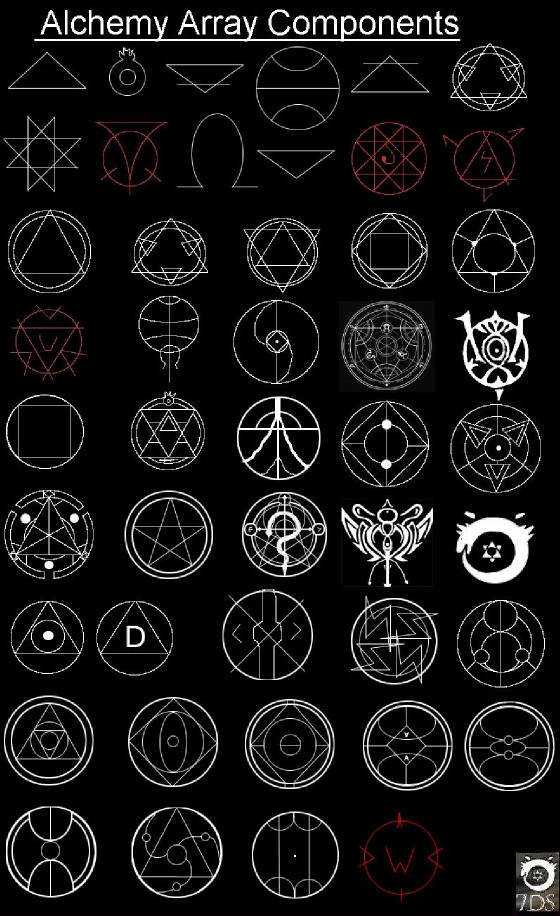
Understanding Transmutation Circles:
Because this stuff is so super interesting, I had to share. I’m am not a very scientific person, so this is mostly copy & pasted from here (x).
Perfect Polygons Polygraphs
Circle - Base Representing a Whole
Triangle - Air
Square - Earth
Pentagon - Fire
Pentagram - Gate
Hexagon - Water
Hexagram - Human Transmutation
Heptagon - High Energy Transmutation, Ether
Heptagram - Ether
Octagon - Life
Octagram - Soul
Other Shapes:
Isosceles Triangle - Compression in Air, Alchemical Symbols Signify Elements
Hook - Symbol Representing Attachment
Wing - A leaving, release, or return of ethereal energy.
Dots - 1 - Endothermic, 2 - Exothermic, 3 - metal, 4 - pumice, 5 - sulfur, 6 - carbon, 7 - ethanol alcohol, 8 - blood
Arrow/Ray - Simple Direction
Spirals - Transmutation of exothermic energy endothermically. In Example: Creation of Ice from liquid water.
Cross - Represents a Holy, or other worldly power. A power greater than man. Usually represented in transmutation using the human soul.
Words - A personal touch, an action of good faith
Snake - Represents evil
Parts outside of the main circle - Constant change, the circles effect will last forever.
Arcs - Connected - Unification, Apart - Separation
Examination: Uncompleted connection to the gate, this is a one way transfer. 2 elements, these are arcane elements, body, and mind. Cross representing a higher power, in this case the gate. Wings representing a return of energy. 2 Rays pointing away from a central point, toward the sides of both body and mind. Hook represented by a snake, give both attachment and evil.
Final Effect: - A being is split both mentally and physically, to return to the gate. After the return the connection to the gate is broken forever, and I higher power will do something. They will be attached to the higher power forever.
Anyway, thought this would be interesting to share with you!
By the way, question: What sorts of things would you think alchemy should be used for in different areas (for story purposes)?
5K notes
·
View notes
Text
Letters A & T = Bull Symbolism
Aleph & Tau/Tav Alpha & Omega
Beginning & End, First & Last Ka-Bull - Apis - Aleph-A T (originally X)-Tau-Tau Cross (X)
Bottom part of Ankh
Tau developed into Tau(rus), Taurus the Bull/Ox of the Zodiac (Apis, Aleph, Alpha, A). The top of the Ankh is an oval, Rw/Ru. Tau+Ru= Taurus
Wheel of the Zodiac, is Wheel of Time/ Dharma, Rota, "chariot" (of the gods), "solar bark". Ru (mouth, womb), the oval from the Ankh, is where the "Good" Spirit is, in the air, sky, sun. Ru is rue, road, path, way to "heaven" above. The Wheel of the Zodiac is the Way/Path for the chariot, the solar bark, to embark into the "Afterlife" and "Immortality". after weighing desire/care & deeds/action against Truth/Morality/Maat's feather. Irish Tora is boundary, border. Wheel of Dharma/Karma/Time/Fortune/Fate/Destiny. Boundaries of Behavior for Living the Right Path/Way. Cause/Effect.
Egyptian word for Bull = Ka/Kau (Cow)
Apis, Bull, Sanskrit Gau, cow "The bull is presented as a symbol of power, with an Egyptian language meaning of ka, where ka, bull, and 'power' are all interchangeable, and refer to the
Bull-Apis - Aleph-Alpha - A
Letters A & T = Ka, Kau/Cow/Tau/Taurus, Bull Symbolism Aleph & Tau/Tav, Alpha & Omega, Beginning and End
A-Aleph-Apis - Bull - Ka Kau, Cow, Mnervis, Bat, Hathor
T(X)- Tau-Tau (T) Cross (X) Bottom part of Ankh
Taurus (Bull) of Zodiac.
*3. The Lakota Symbol for Sun Earth Connection The inverted triangle on top symbolizes the stars and/or the Sun. The triangle on the bottom symbolizes earth sites, The Lakota strongly believe that there is a powerful connection between the Sun and the Earth. Much of their culture has been directly influenced and shaped by centuries of solar observation.
In the book, "Lakota Star Knowledge" by Ronald Goodman, you can leam why the Lakota consider the buffalo to be the embodiment of solar power and how the nipi symbolizes living inside the sun.
"The Calendar Signs 1: Moran 11 our Roman letter A, 2) Old Hebrew Aleph-the "ox, 3) modern Greek Alpha, 4) Old Greek Alpha, 5) astronomical symbol for the constellation Taurus, 6) Chinese lunar constellation symbol 7) Chinese lunar zodiac symbol ni-the "ox and B) Chinese solar zodiac symbol ch'ou-"old" or "original" (after Moran)
Source of Earth Symbol is A, Alef Alepit, Bull, Cow, KA symbol
Source of Air sun symbol is the same, but inverted, Alef and Tau. Alpha and Omega. Heaven and Earth
Sky and Earth Sun and Earth
Bull, Cow, Ox, Apis - A, Alef, Aleph, Alpha - Power, Strength, Energy, Force, Leader, Authority, First, "God". "God"/El/AI/A, Sun and consciousness are the creative source of life/"life" and symbolically correspond to each other. The Sun, "God" and Bull/Cow symbolism are intimately linked in many ways. An ox is a castrated bull, with no more life force of fertility. The symbolism of life force, power, etc., is for the Sun as well, corresponded through the bull-cow.
The cow is the actual generator and creator as the feminine source. The cow (kau) and bull have horns (ka) on their heads, which symbolize higher consciousness as the Sun emitting rays of Sun energy. The emanating rays of the Sun can be likened to horns that emanate from the head where consciousness is. The Sun and its rays are the power and energy for life on earth, as well as the symbolic light of truth to raise to a higher consciousness. The cow-bull symbolism often has the Sun disk between the horns. The power, strength, energy and "god" as the Sun is symbolized through this animal. Both the sun and bull symbolize the generator/creator "god" that is consciousness in human animals of higher order consciousness. It's all symbolism for knowing thyself. The Sun is depicted with a face in many esoteric symbolism. Anthropomophizing, personification and projection of ourselves onto other symbols ofbreference is a tool for explanation about knowledge, especially self-knowledge.
Some cows are of a light brown, golden/yellow color, symbolic of the Sun. The feminine aspect of the air/sky is where the sun moves across for rebirth & resurrection. The Sun sets in the west, and instead of traversing the earth, it can be mirrored to move through the night sky in the Milky Way path (Nut), or through the cow goddess (Hathor, Isis, Baat) within the solar bark on the way to resurrection. The feminine sky-air is the home/house of the Sun at day and night. Hathor is Heth-Hor, "House of Horus". The Sun rests in the cow's (Hathor's) horns at midday, when the sun is most powerful and symbolizing higher life and consciousness in the upward skyward direction in the air. The alef/aleph/alpha-bet, was developed during the Taurus-Bull Age.
Book of the Dead ("Book of Coming Forth by Day", "Book of emerging forth into the Light") Book of the Dead has many gates in the story. Rebirth into the Day with the Light of Truth. a.k.a Pyramid Texts, Coffin Texts. Pyramids of wisdom, coffin of resurrection.
Book of Gates. Both have to do with the underworld, netherworld, and passing/crossing over. Gate, mouth, Ru/Rw. The Gate of God can also be the Mouth of God. literally "Gate of God"), translation of Sumerian KA.DINGIR
The Sumerian KA is gate, mouth, a derivative of SAG 'head'. Bab-ilu, bab-el, gate of god. The direction of the head ('samt ar-ra' in Arabic) is up to the sky, air, sun, meaning zenith, S>z, ameni, t>th. Samt is way/path (Cow & Milky Way Sun resurrection). Ar-ra is head, chief. Capital is head, and means chief, most important, first (God, aleph, alpha, a, air, breath, head). The head on the body is most important for life. Capital comes from cattle's head, from the importance of cattle in early human dominator predator culture economy. Capital is first, chief, most important through the symoblized connection of the head, horns, bull-cow and through consciousness and sun symbolism of power, energy, authority, etc.
Ka/Kau - Bull/Cow. Power, strength, fertility. Power of action in the world to create from consciousness, self, soul, spirit, essence, etc. of who we are. Aspiring & rising up to higher consciousness.
Real spirituality is morality. Your spirit, soul, self & character is defined by what you do with what you know about reality and self/ consciousness, your behavior relecting who you are.
Upright Arms, right-angle, Power/energy to Act with arms and hands. Our Moral "Spirit"-Essence-Nature determines our Quality of life. Character, Behavior, Actions, Deeds. Ka-racter, Ka-risma. Who we are, by our actions and deeds, determines our quality of life.
Aleph = 2 Hands (Ka) + Nail (hand, hook)
= Yod, Vav, Yod
YHVH = Yod-Arm, Hand, Work, Deed
Heh Behold (Arms up) Vav-Nail (hook, secure)
Heh-Behold (Arms up)
Yod - hand/arm side, Vav-hond/arm upright.
Hand/Arm, hook, arms up, same symbolism of KA source.
"The letter K comes from the letter K (kappa), which was taken from W + x likely adapted by Semites who had lived in Egypt from the hieroglyph the Semitic kap, the symbol for an open hand. This, in turn was likely adapted by Semites who had lived in Egypt from the hieroglyph for "hand" representing D in the Egyptian word for hand, d-r-t. The Semites evidently assigned it the sound value /k/ instead, because their word for hand started with that sound."
Tau developed into Tau-rus (or vice versa)
Taurus the Bull ox of the Zodiac (Apis, Aleph, Alpha, A, Al, El. God, Sun, Cross, Ankh) The top of the Ankh is en oval w/Ru
=Tau (cross T)+ Ru (oval. O) (Tav/Omega)
= life, "spiritual"/"soul" life (real life)
Key to Life, i.e. Moral "Spirit/Soul"
Life i.e. Morality / Knowledge of Good and
Evil, i.e. Karma, i.e. Ka-Maat, ka-maa=Tau (cross T)+ Ru (oval. O) (Tav/Omega)
Ru= mouth, gate, outlet, uterus (womb, birth) By extension, gateway to "heaven", "afterlife", "immortality", transition to another "plane" or "level" of cosnciousness Letter O i.e. Evolve Consciousness, here, on the ground, into Truth
Hebrew ruach (Ru+akh) = breath, air, life, sky, spirit, mind
French rue = road, path, way.
Good and Evil Knowledge (Morality)
Tt (or X cross shape) - Tau-Tau Cross (X)
Bottom part of Ankh. Top part is oval/loop, like ru symbol. Ru is source for modern lettter O.
Ru, mystical mouth (ankh ru oval part close to mouth in hieroglyphs) Breathe of life of Ankh, the mouth of life gateway to our realer life.
Wiki: "In Taoism, Chinese Buddhism and Confucianism, the object of spiritual practice is to 'become one with the tao' (Tao Te Ching) or to harmonise one's will with Nature.
Dao is used symbolically in its sense of 'way' as the 'right' or 'proper' way of existence, or in the context of ongoing practices of attainment or of the full coming into being, or the state of enlightenment or spiritual perfection that is the outcome of such practices."
In Chinese tau and lu joined together mean the road. Tao, dao. Tau + lu/ru= road, way, path. Tau + Ru = Ankh = Breath of Life, Way, Path, Road, through mouth, ovum, uterus, gate, and gateway to Heaven, Afterlife, Immortality, the transition to another level of consciousness.
Ru is door, circle, passage, street, cell, fold, boundary, hieroglyph mystical mouth, "rue des femmes", womens road, her/she ideograph. Ru with feminine 't' is rut, progeny, race, route, road, rota, Rut permutes with urt, chariot, which is rota in Latin. Great Mother as urt/rut, the chariot as for child/sun/truth to bear and bring forth, by the ru/way/path/road. Tao relates to Logos, and back to Ru/Rut, as they all relate conceptually. Logos, the ground for reason, logic, words as they reflect reality.
Dharma & Rta From Hinduism, where behaviors are in accord with rta. Rta = order of life and universe Dharma - "duties, rights, laws, conduct, virtues and "right way of living" Buddhism, "cosmic law and order". Jainism, doctrine of "purification and moral transformation of human beings". Sikhs, dharm, the "path of righteousness".
Asha (Zoroastrianism) Ma'at (Egyptian religion) Me (Sumerian Religion) Moira (Greek paganism) Tao (Chinese Taoism) Wyrd (Germanic paganism)
Rta = cosmic order, "natural laws"
Sanskrit verb root r- "to go, move, rise, tend upwards". Rtam is "fixed or settled order, rule, divine law or truth". Vedic Rta (Sanskrit rtam "that which is properly joined; order, rule; truth"). A principle of natural order, regulates and coordinates the operation of the universe (and everything within it), responsible for the proper functioning of the natural, moral and sacrificial orders. Dharma & Karma eclipsed Rta in importance as signifying natural, religious and moral order in later Hinduism.
Rta = cosmic order, "natural laws"
Karma (action, deed), works performed, in congruence & opposition to Dharma & Rta (cosmic order, law). Causal relationship to the pains and pleasures one experiences in life.
Source concept is rta, that changed over time. Belief, not a gnosis/noesis/nous of pure "knowledge". Karma concept is used to explain how our behaviors are part of that order, or not and suffer. A need to believe things are inherently "good", answer why there is evil to fill gap/unknown.
Karma equivalents are Chinese Tao, Greek Logos, and the Egyptian Ma'at, foundational feminine mound upon which "creator god" stood. Back to Tao, Tao+Ru, Ankh, Cross, Ka, Ka-Maat, Kamma, Karma, Dharma.
Tao or Dao - 'way', 'path', 'route', or sometimes more loosely, 'doctrine' or 'principle'
Tao Te Ching, Laozi explains that Tao is not a 'name' for a 'thing' but the underlying natural order of the universe whose ultimate essence is difficult to circumscribe and is likened to silence.
In Taoism, Chinese Buddhism and Confucianism, the object of spiritual practice is to 'become one with the tao' (Tao Te Ching) or to harmonise one's will with Nature (cf. Stoicism) in order to achieve 'effortless action' (Wu wei). This involves meditative and moral practices. Important in this respect is the Taoist concept of De (1; virtue).
In all its uses, Tao is considered to have ineffable qualities that prevent it from being defined or expressed In T words. It can, however, be known or experienced, and its principles (which can be discerned by observing Nature) can be followed or practiced.
it is an active and holistic conception of Nature, rather than a static, atomistic one. It is worth comparing to the original Logos of Heraclitus, c. 500 BC.
"way, path, right way (of life), reason."
The archaic pronunciation of dao sounded approximately like drog or dorg. This links it to the Proto-Indo European root drogh (to run along) and Indo-European dhorg (way, movement). The most closely related English words are "track" and "trek", while "trail" and "tract" are derived from other cognate Indo-European roots. Following the Way, then, is like going on a cosmic trek. Even more unexpected than the panoply of Indo-European cognates for Dao (drog) is the Hebrew root d-r-g for the same word and Arabic t-r-q, which yields words meaning "track, path, way, way of doing things"
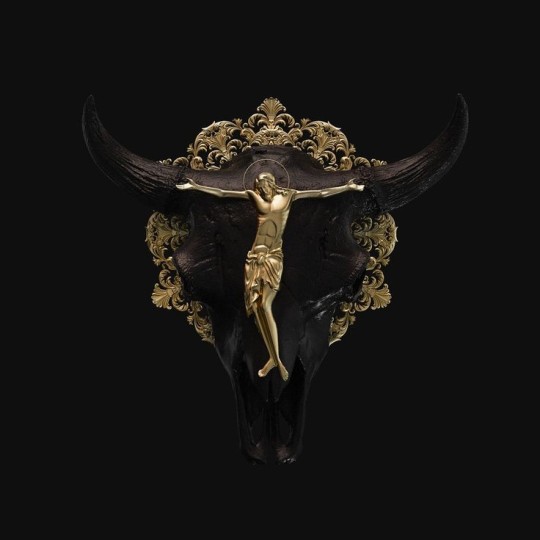
18 notes
·
View notes
Text
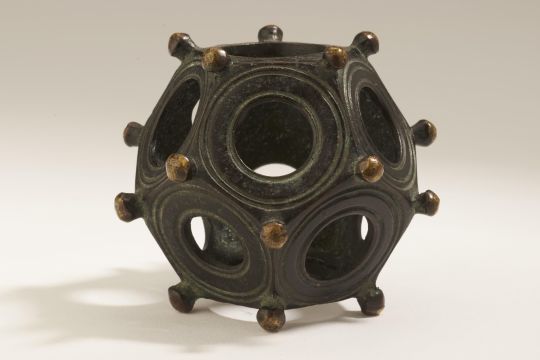
Bronze dodecahedron, Roman, 1st-2nd century AD
from The Hunt Museum, Limerick
907 notes
·
View notes
Text

Fantastic Four (1961) #17
Written by: Stan Lee
Art by: Jack Kirby
54 notes
·
View notes
Photo
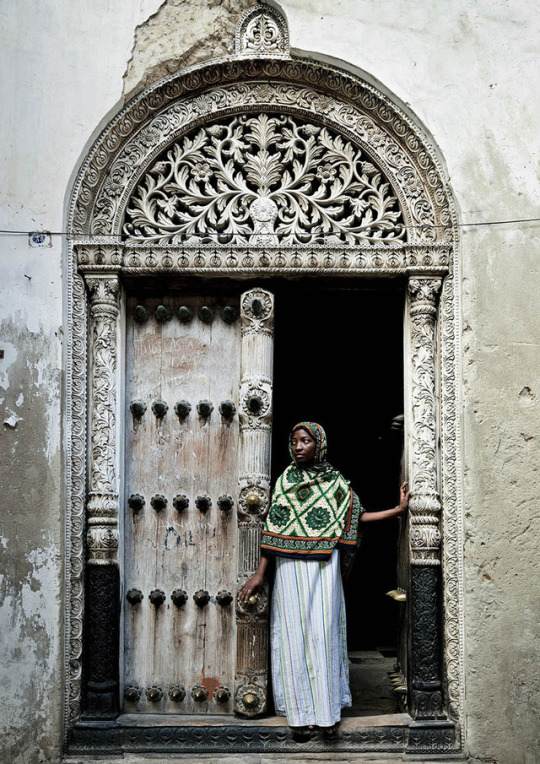
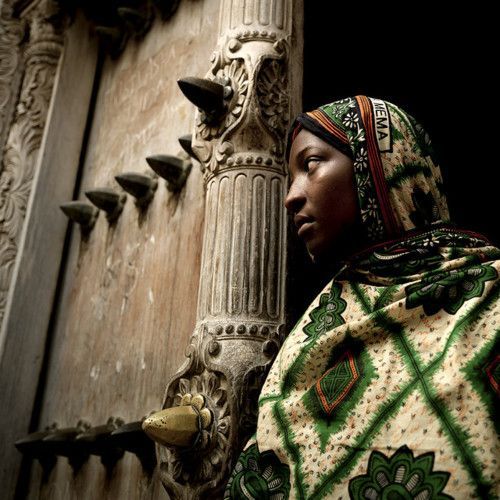
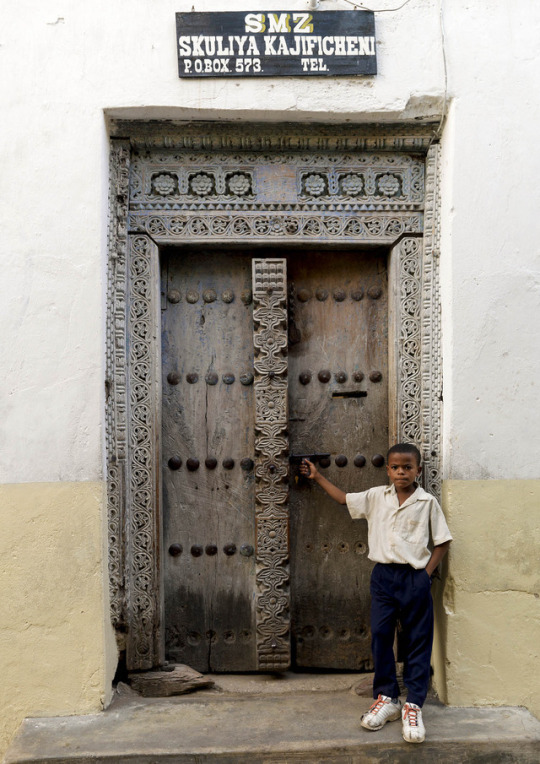
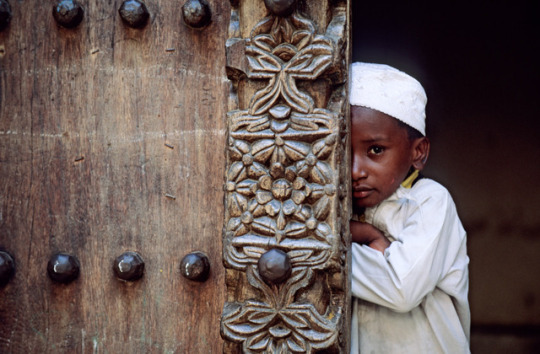
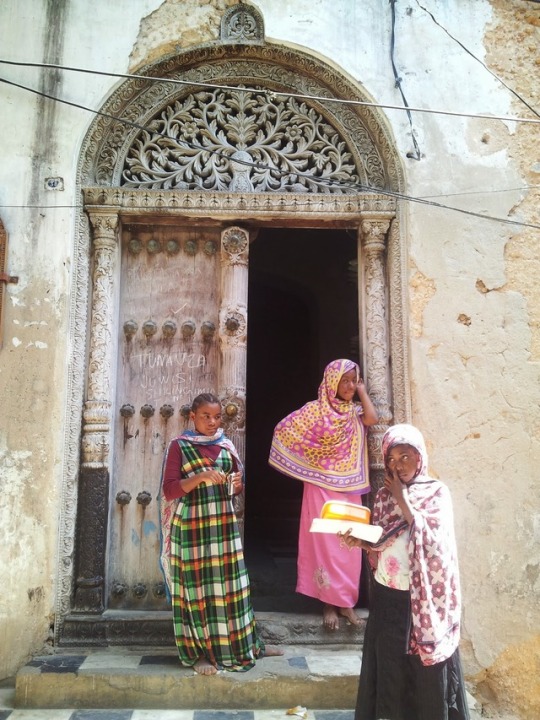
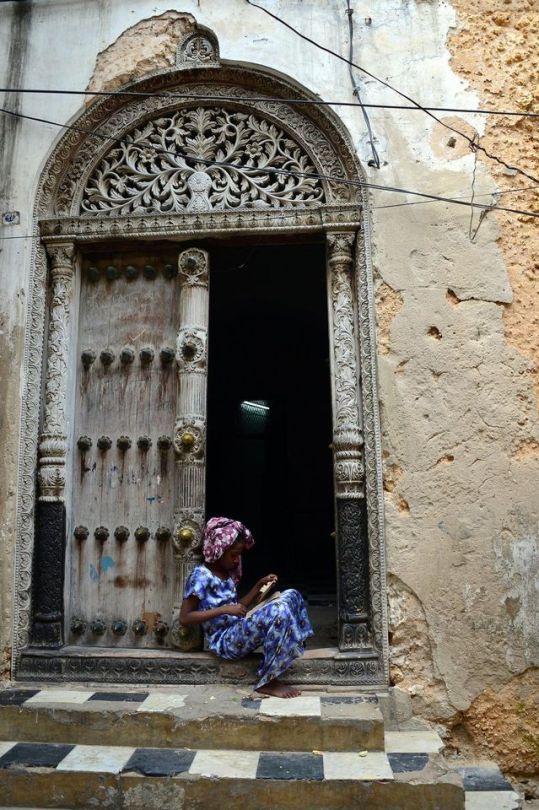
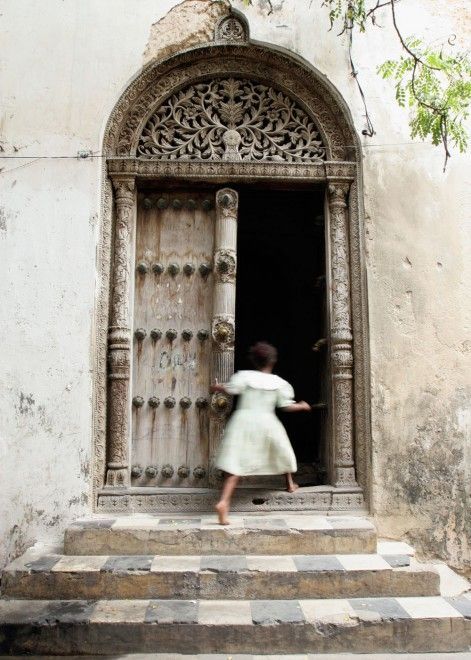

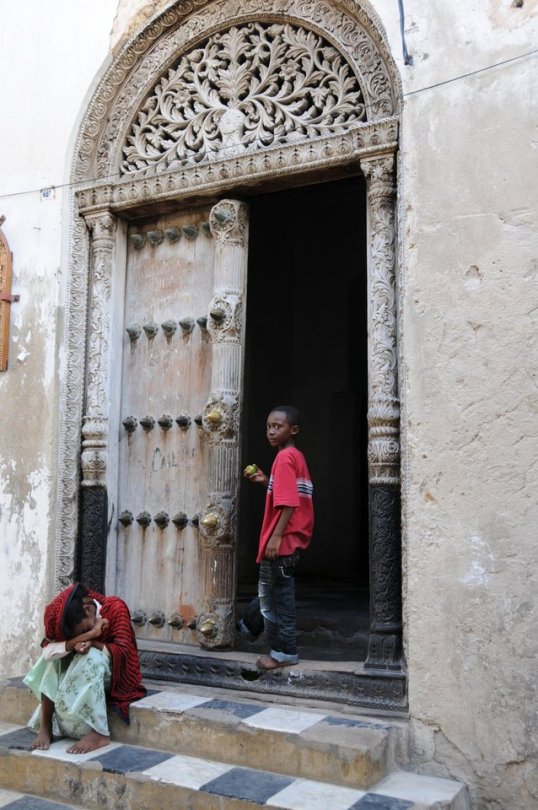
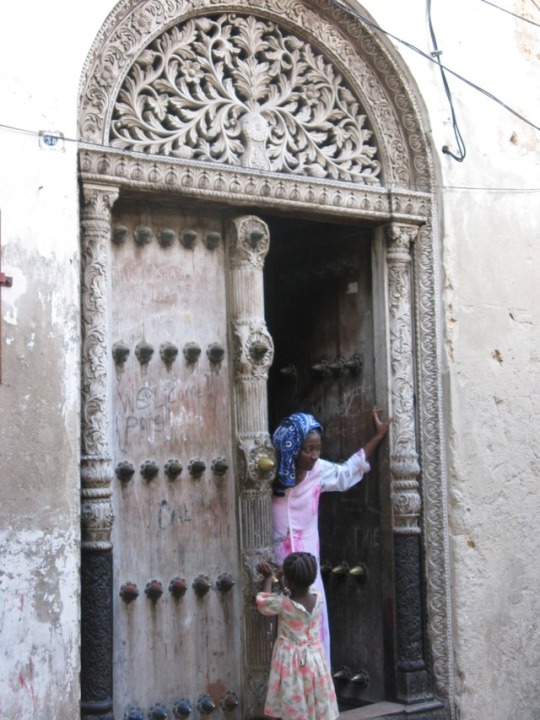
Doors of Stone Town, Zanzibar
Stone Town of Zanzibar, an island on the Tanzania Archipelago in East Africa, is partly famous for its stunning doors, which take inspiration from native-born architectural style, as well as Omani and Indian-style. The doors are carved with floral bas-reliefs on the rounded tops, and in some cases beautiful Arabic (or Islamic) calligraphy. Stone Town was designated by UNESCO as a World Heritage Site in 2000.
This style of architecture is also common in Lamu Old Town, Kenya (another beautiful Swahili settlement, designated by UNESCO as a World Heritage Site in 2001).
I’m not sure about most of these pictures’ exact origin (see citations for some of them), but many of them are taken out front the house of the infamous Tippu Tip; a Swahili-Zanzibari ivory merchant-elite, governor, worker for a succession of the sultans, explorer, owner of clove plantations, and most notably a major slave trader.
Here’s some extra photographs:
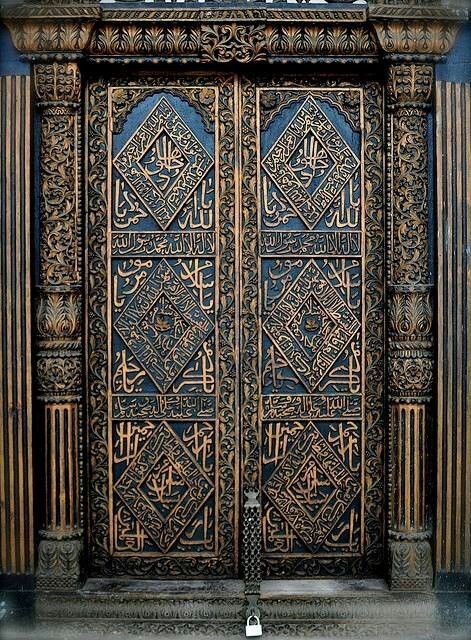
Beit al-Ajaib (The House of Wonders)
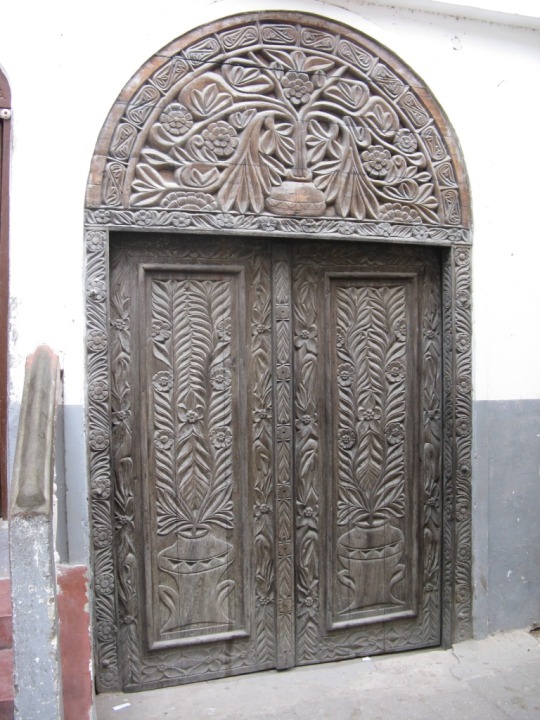
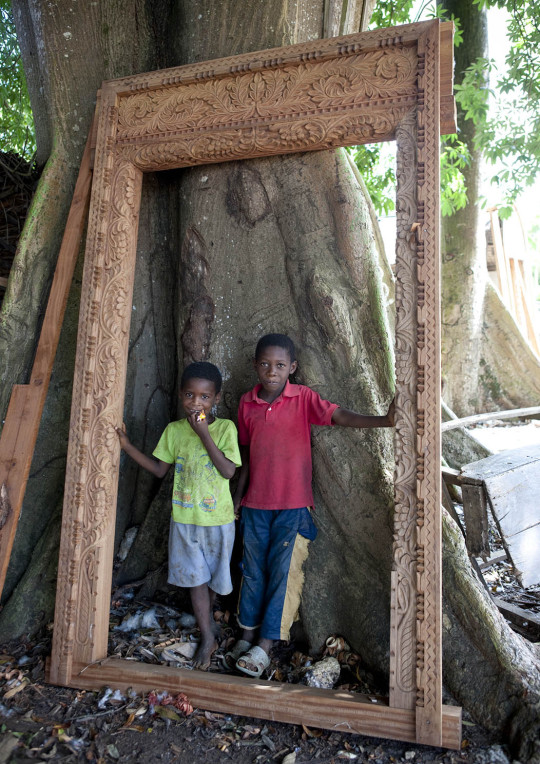
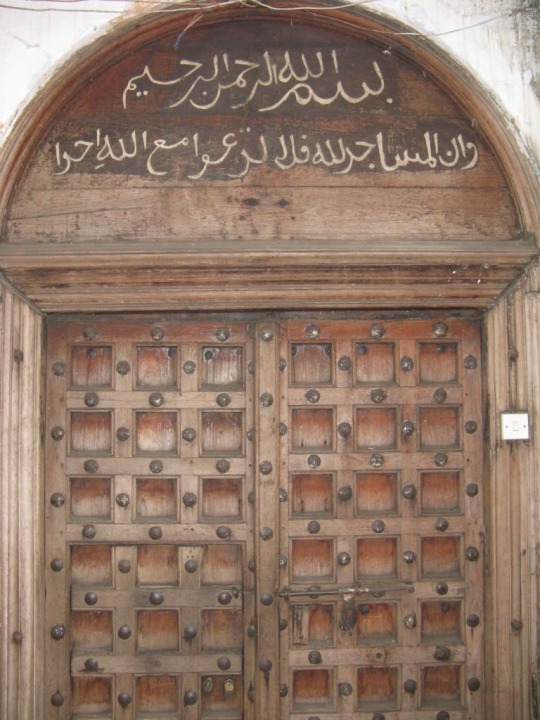

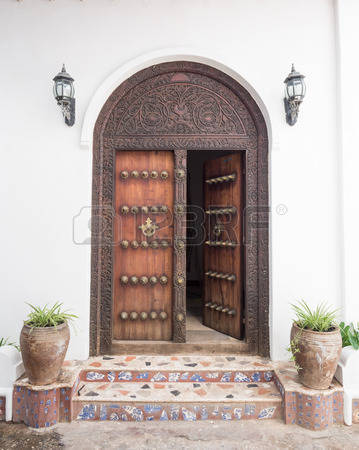
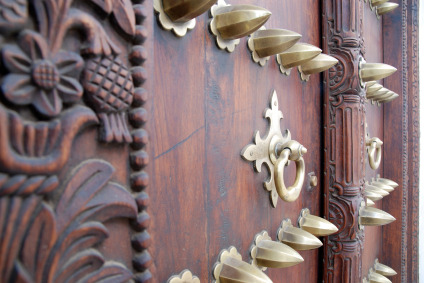

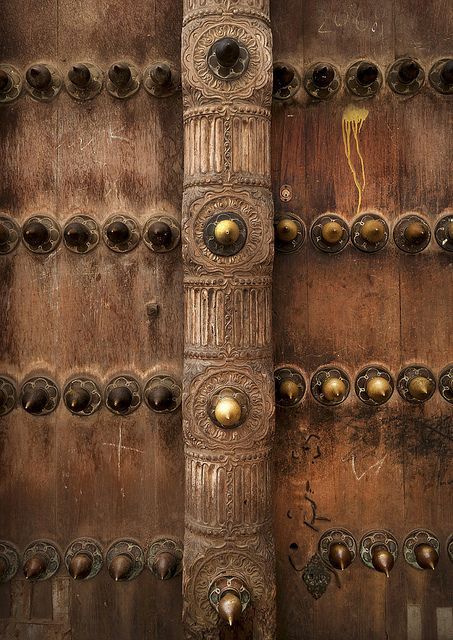

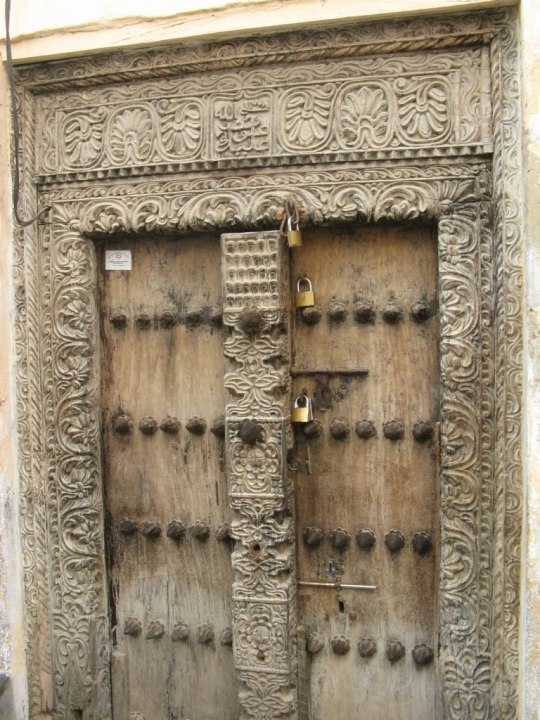
Citations:
1. http://www.ericlafforgue.com/album/zanzibar/
2. http://www.pinterest.com/MonikaEttlin/doors-east-africa-sudan/
102 notes
·
View notes
Video
youtube
My Wife And Kids S05E14 Silence Is Golden HDTV XviD LOL
15 notes
·
View notes
Note
Hello! I’m a huge fan of both your blog and Stephen Strange! I’ve been into the comics for a good few years now and I’d like to ask (as I’ve noticed some things myself), if you believe DoomStrange is a good ship? :0 It seems like it could work in my opinion! And 2. (Sorry, im a curious person) Do you have any recommendations for comics with Victor and Stephen together that I may have missed?? Thank you!!
Greetings and thanks for asking!
Oh, my. Anon... Are... Are you asking me about my ship...? *inhales deeply*
Since you’re asking my opinion about it, I’ll definitely NOT get hold of myself. Also I’m not internally keysmashing, who told you that?
Regarding your first question. YES. DEFINITELY. ABSOLUTELY. Doomstrange is an incredible ship, mostly in canon 616. Of course, one must consider that we’re talking about a supervillain, which brings a few reservations about how healthy and problematic this kind of ship may be. That said, if you don’t mind this kind of relationship, we can proceed.
Truth be told, I’m quite soft when it comes to the old trope in which the good character becomes a source of redemption to the villain. I can’t stress enough how important Stephen is to Victor’s character development. And yes, in canon.
Since the very beginning, even before their first encounter, there’s a certain admiration that comes both ways. Though Victor still exhales his colossal ego through every word, he considers the possibility of becoming Stephen’s apprentice when Clea leaves. This is so important for two reasons: first, because Victor NEVER submits to people. Secondly, because he keeps track on Stephen. He has this peculiar, growing interest in him. We have an entire page dedicated to his conflict in Doctor Strange - Master of the Mystic Arts #57 (1983).
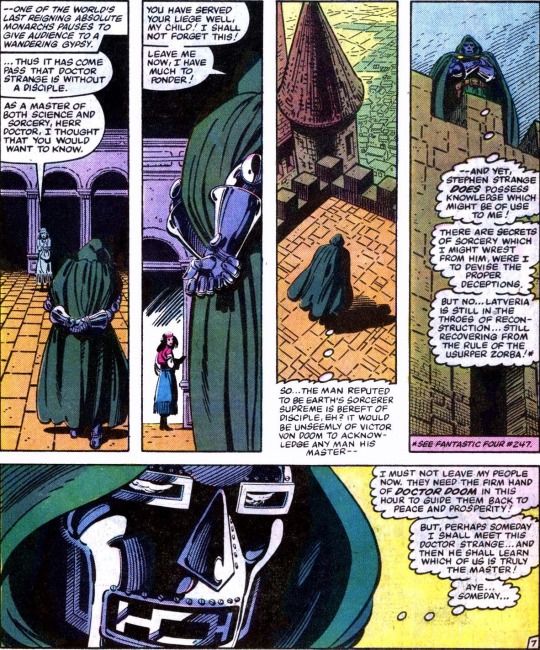
Meanwhile, Stephen does not think of Victor as a tyrant, a villain or a bad person at first. On the contrary, he considers him an ally, even though they haven’t met yet. When Stephen’s attacked by Dormammu, he evokes the memories of possible allies, sensitive to magic, who could aid him. It’s quite unusual for a hero to think of an enemy as a possible ally. And yet, here we are.
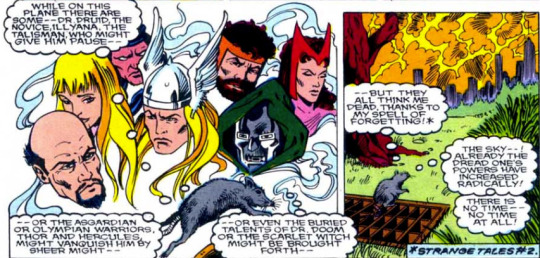
But the climax is yet to come in Triumph and Torment. Victor finds a way to save his mother without asking for help. That’s clever, he’s absolutely in character here. And maybe he expected Stephen to be the winner. Maybe he predicted that Stephen would be the one to literally go to hell with him. And that’s a good thing because they had a hidden agenda way before T&T.
They spend 45 days together. I repeat, Stephen lived in Latveria - more specifically, in Castle Doom - for 45 days. I can’t think of other people who shared so many days with Stephen aside from Clea and Wong.
One can arguee that Victor would never bond. He’s too hard and cold. But that’s WRONG. Victor had Valeria for one day and a half and immediately adopted her. He’s a softie.
And again, he could have left Stephen behind in Mephisto’s realm. But he didn’t. Mephisto freed Cynthia, they could have walked away, except Cynthia is, deep down, a good soul, and the same goes for Victor. Once more, one can arguee that Victor saved Stephen out of interest, since he could benefit from the Sorcerer Supreme’s powers. Well, then... If he ended up being the second best in the Contest of the Vishanti, wouldn’t that make him the next Sorcerer Supreme? He could have taken the title for himself! Also, another proof that Victor cares about Stephen is right here, when he carries Stephen on his arms since he doesn’t want demons to touch him (we were robbed but it did happen!)

Their feelings somehow changed after this experience. Stephen learned that Victor has a soft side, and Victor realized that Stephen is not just a tool, but someone to rely on. Of course, there’s a ton of angst and ego and opposite ideologies, but that’s the beautiful part of it. It’s about how they change each other gradually.
And it may seem that I’m exaggerating, but it only takes a few years in the official chronology to understand how T&T was fundamental to consolidate their relationship and prove my point.
During The Infinity Gauntlet saga, when Doom feels compelled to use the stones but is nearly destroyed, Stephen’s the one who saves both his body and soul. They could have let Doom die, yet we’re talking about Stephen. This is so important because Victor acknowledges his effort. More than that, he secretly values Stephen’s deed. He ~SUBMITS~ to Stephen. And Doctor Doom NEVER yields.
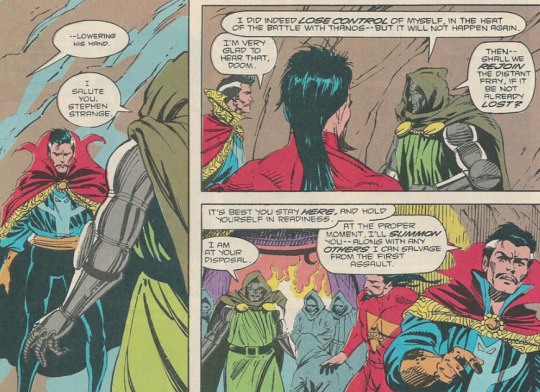
And I’m not even mentioning the fact that Stephen listens to Victor.

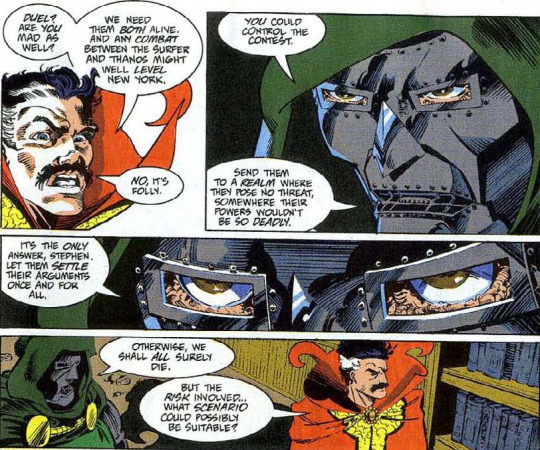
Sadly, there’s a huge gap until their next interaction, but oh boy, is it worth it. Of course, I’m skipping their minor battles because, truth be told, they’re not even as meaningful as their team-ups.
Obviously, we’re skipping to New Avengers v3 and Secret Wars. I’m not saying that Stephen is better off without the Illuminati, yet I cannot ignore the fact that he raised from perdition the moment he started his own journey alone towards power in order to stop the Beyonders. And who did he find at the end? Victor. He was the only one who figured Doom was trying to save the world as well. And the fact that they witnessed the end of the world side by side? Poetic cinema.
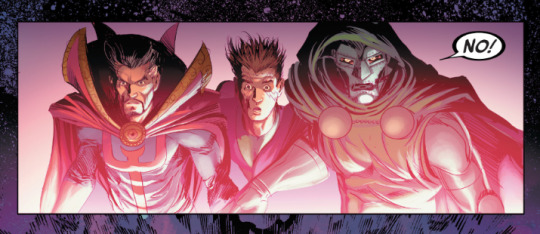
I could have settled by that, yet Hickman shows me that they LITERALLY built a world together.

And why is Secret Wars so important to their story? Because Stephen’s sin and Victor’s crime led them to ruin. The moment Victor loses Stephen and realizes he was betrayed by him is the moment Battleworld falls. It’s a very tragic story.
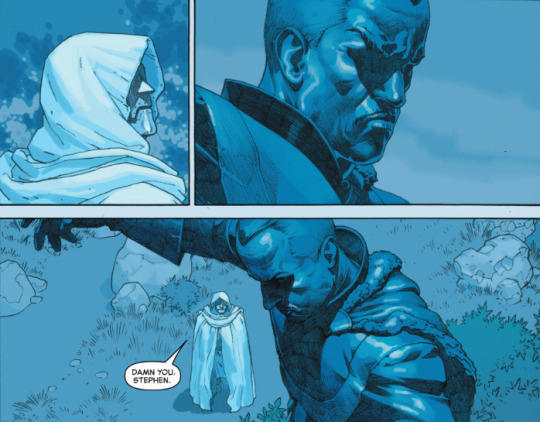
Still, we’re talking about Stephen. He has this tendency to endless goodness. They never talked about Battleworld (although I have a theory that they both remember it), and yet, their bond remains. They do not hold resentment. On the contrary, Stephen still believes in Victor’s kindness, while Victor trusts Stephen.
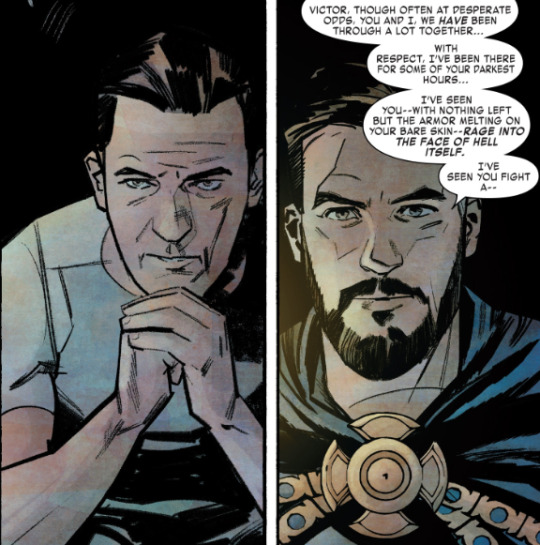
That said, after all this time, I believe Savage Avengers is the best example to illustrate their bond nowadays. It’s not surprising that their relationship is so well written, considering T&T is a personal favorite of Gerry Duggan. Also funny how it’s also Cantwell’s personal favorite, but they interpreted their relationship in completely different perspectives.
In Savage Avengers, they act as if they were practically married and it’s quite sweet. Also, we have it all. There’s a casual conversation about working together in order to triumph, there’s lots of drama and commotion and, of course, a breathtaking rescue. It’s perfect. I’ve fangirled talked about it a few times because, god, it’s THAT good and a great source of food.

In short, what makes me soft towards Doomstrange is how their dynamics flow both ways. On the one hand, I love how much Stephen believes in Victor’s goodness and how much he’s willing to go in order to save his damned soul. On the other hand, I love the way Victor sees Stephen differently and grows soft whenever he’s involved, allowing himself to show a hidden part of his heart.
They both struggle with loneliness and self-loathing, although they deal with it at opposite ends. While Stephen isolates himself and thinks the world is better off without him, Victor masks it with his huge ego and confidence, craving love and praise. In the end, they’re the same. They only see the world through opposite perspectives. The What If? issue where Doom becomes Sorcerer Supreme is there to prove my point. Stephen is what Victor could have become if tragedy was not a constant in his life.
Oof, I was really carried away haha. I’m so not sorry for that haha help.
Finally, your second question! The Doomstrange chronology!
I’m not sure which comic books you’ve read, so I’m making a complete list, except for alternate realities (like the What If ones, mostly because they’re very, very, VERY dark regarding Doomstrange). Here we go:
Before their first official encounter:
The Amazing Spider-Man v1 Annual #14 (1980) Doctor Strange - Master of the Mystic Arts #57 (1983) Doctor Strange - Sorcerer Supreme #2 (1989) First official team-up:
Doctor Strange & Doctor Doom: Triumph and Torment (1989)
The complete list:
Doctor Strange - Sorcerer Supreme #34 (1991) Silver Surfer v3 #59 (1991) Fantastic Four v3 #69; Fantastic Four v1 #500; Fantastic Four v1 #501 (not a team-up, they’re enemies here. But I adore this story all the same) New Avengers v3 (2012) (it’s recommend to read the whole volume to understand the story, but if you’re looking for Doomstrange only content, check issues #31 and #33) Secret Wars #1-9 (2016) (for Doomstrange, check issues #1-6) Infamous Iron Man #11-12 (2016) Doctor Doom #2 (2019) (Cantwell’s pessimist interpretation of Doomstrange) Savage Avengers #8-10 (2019) (Duggan’s very optimistic interpretation of Doomstrange. Also ignore the cover for issue #12, we all know that the person who slept with Stephen was Victor, considering the last panel pfff).
That’s it! I’m so sorry for the very long, looooong post. Also thank you for your kind words and patience! I hope it helped somehow.
142 notes
·
View notes
Video
Reblog this and money will be entering your life this week
961K notes
·
View notes
Photo
@medievalpoc
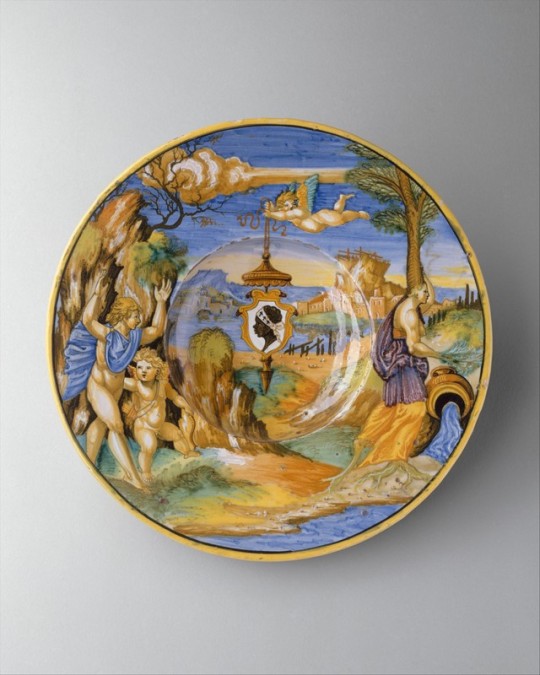
Armorial dish: The story of Apollo by Francesco Xanto Avelli da Rovigo, Robert Lehman Collection
Medium: Maiolica (tin-glazed earthenware)
Robert Lehman Collection, 1975 Metropolitan Museum of Art, New York, NY
http://www.metmuseum.org/art/collection/search/460203
19 notes
·
View notes
Photo










For the next week I will be sharing the African-centric photography of Paola Viesi. Ranging from captures of the African social atmosphere, Ethiopian Christendom, to portraits of Tuareg Berbers and more.
Here is her story:
“Paola Viesi is a professional photographer working mainly in Africa.
After classical and humanistic studies in Rome and a nearly fifteen formative years at Olivetti, works for ten years as a Human Resources Top Manager at Telecom Italia, Italy’s main telecommunication company.
With the intention of living a second life, she decides for early retiring to follow her great passion for travelling and the arts. After a first trip to Ethiopia, she moves to Addis Ababa, where she is based since 2002, spending most of her time travelling in Sub-Saharan Africa.
Ethiopia sparks her interest for culture, art and people. Starts travelling extensively throughout the country taking photos with a special aesthetic touch and a sense of classical beauty.
After the success of her photos for UNESCO’s Communication Campaign for the return and the re-erection of the Axum Obelisque, she starts a five years collaboration with Ethiopian Airlines, Africa’s largest airline, travelling and taking pictures in 16 Sub-Saharan countries.
Known for her fearless and long expeditions, her attraction to people takes her travelling to remote places, where she starts taking pictures of great gatherings to holy places with her capacity of capturing magical and unique emotional moments in people’s lives in her vibrant portraits.
In 2007 starts a fruitful collaboration with Slow Food, travelling and focussing on Rural Communities and Fishery Projects, documenting many differents Slow Food projects and Presidia throughout Africa.
After 150.000 kilometers mainly on rough roads travelling with her car in 30 African countries, her intention is only to continue to travel more throughout the world, taking more pictures of people, places, unique events and artwork with her tireless creative energy.”
104 notes
·
View notes
Photo
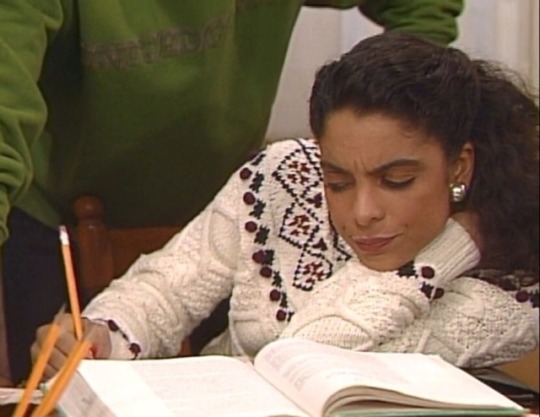
When some “white identity” internet troll starts shitting out some racialist nonsense about Africans (lack of history, no civilizations, etc.), this is usually the face I make.
187 notes
·
View notes
